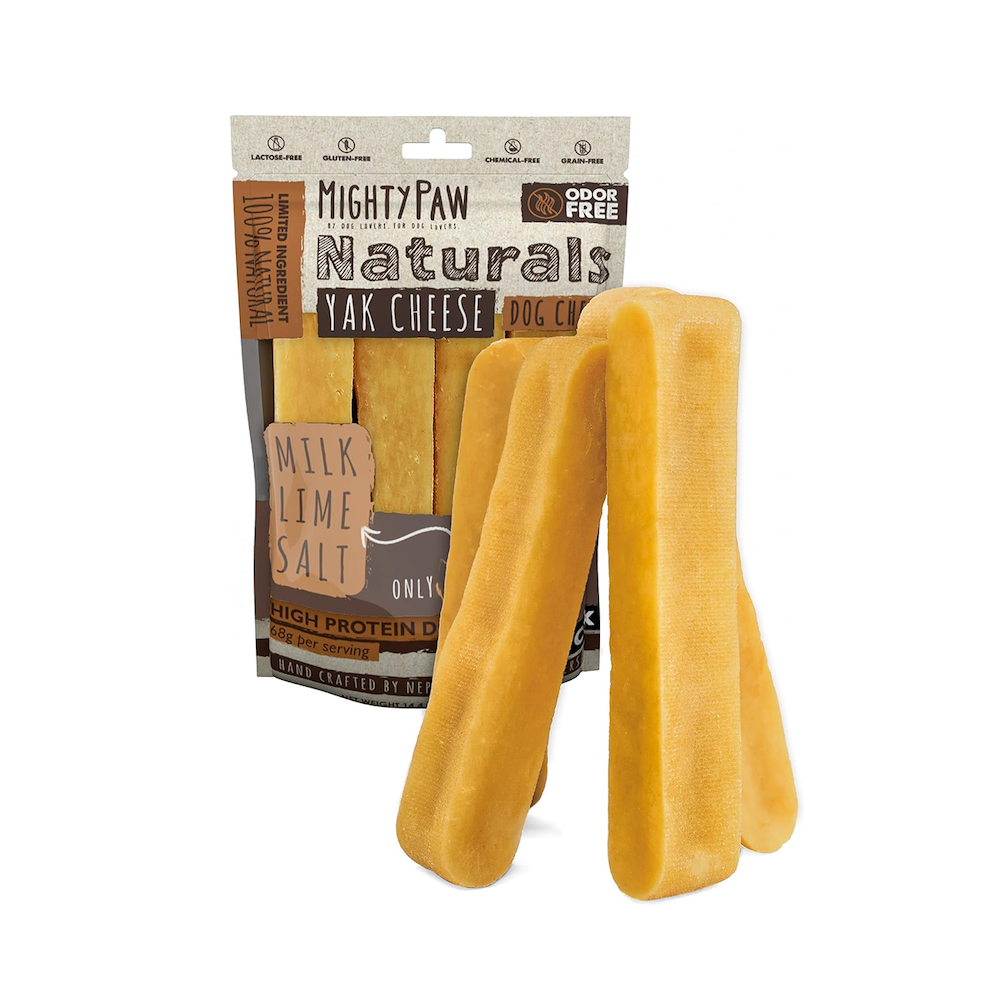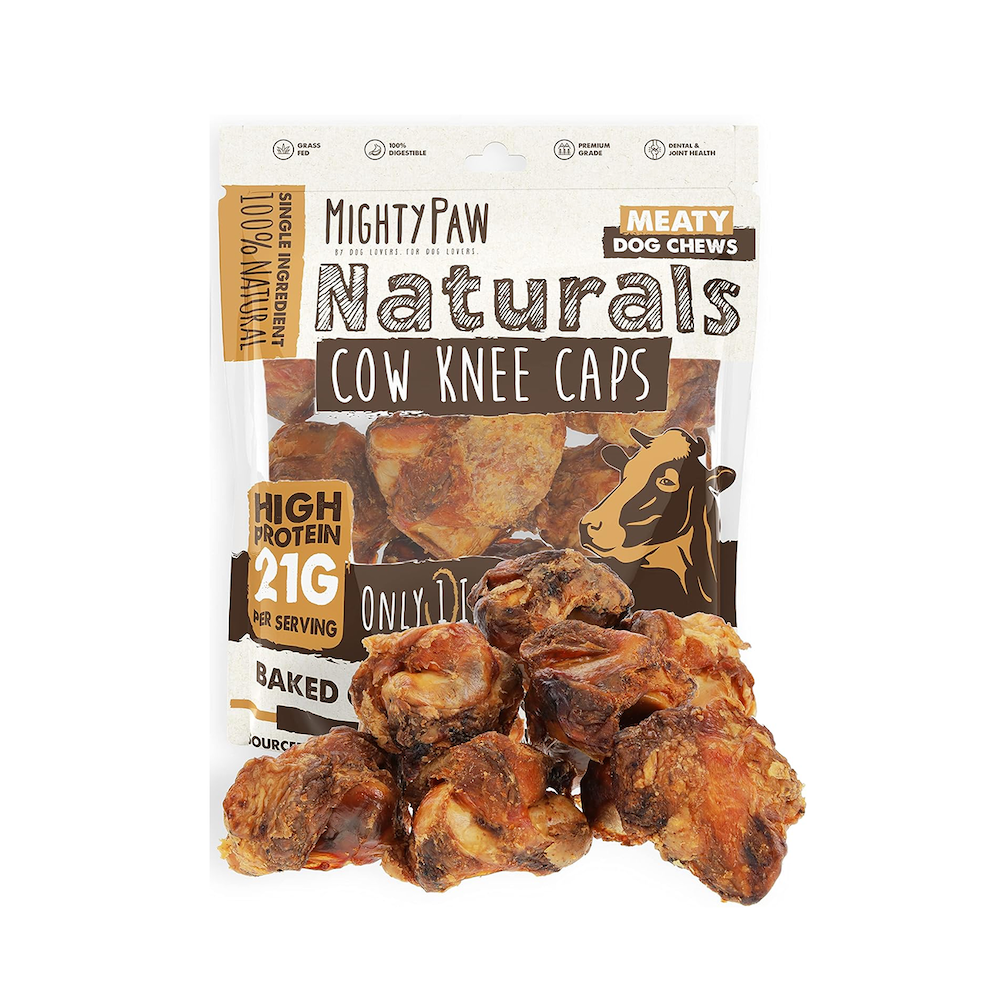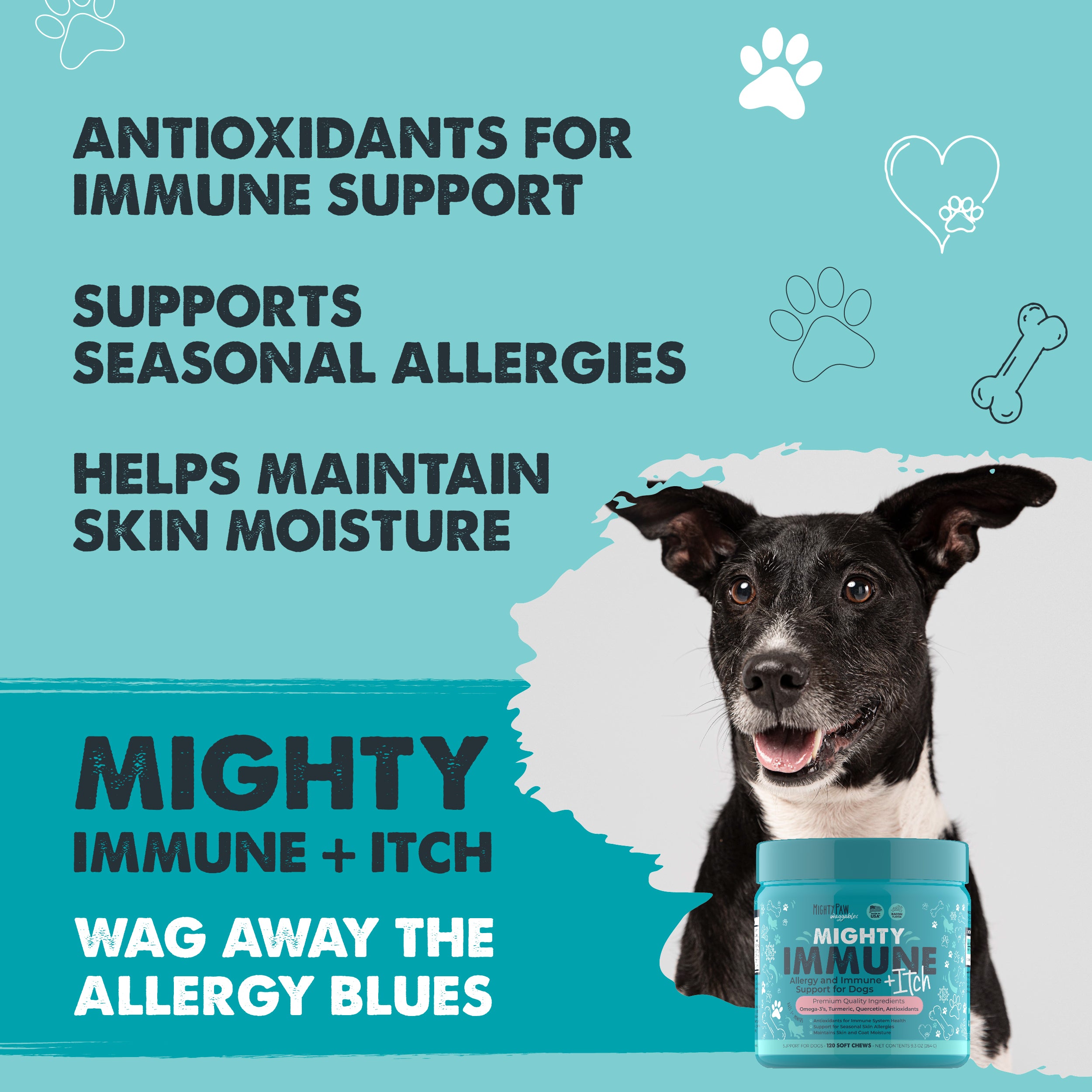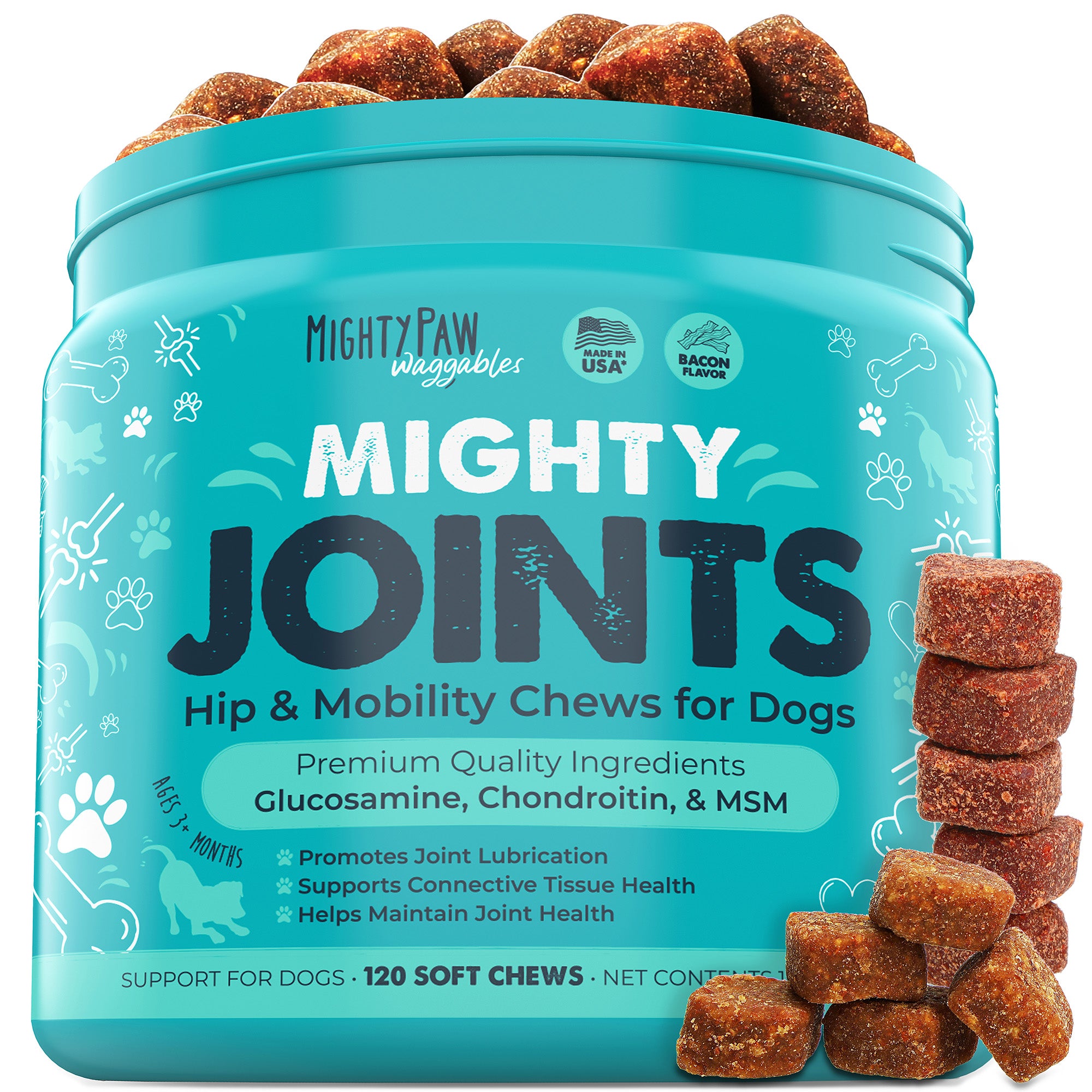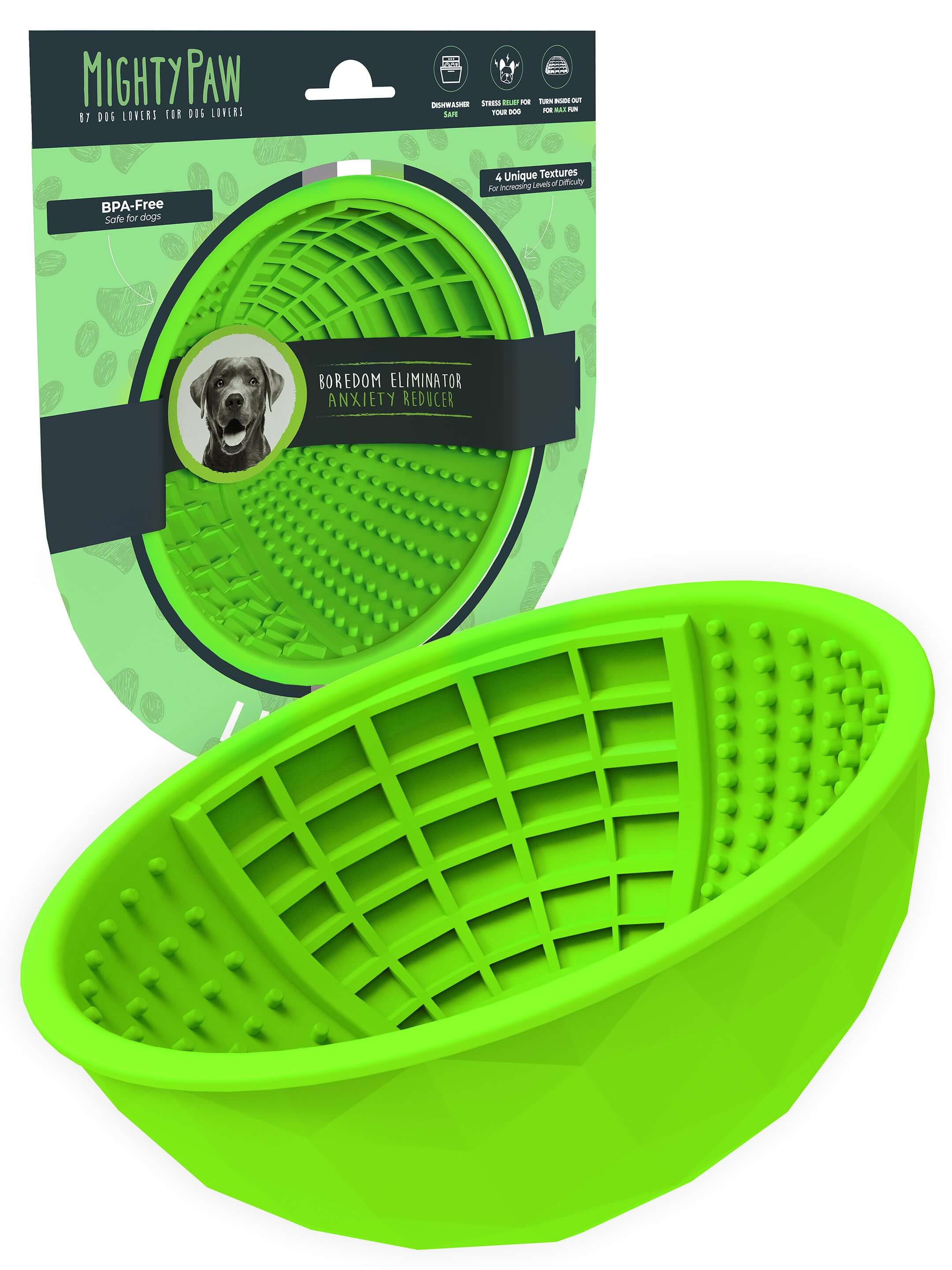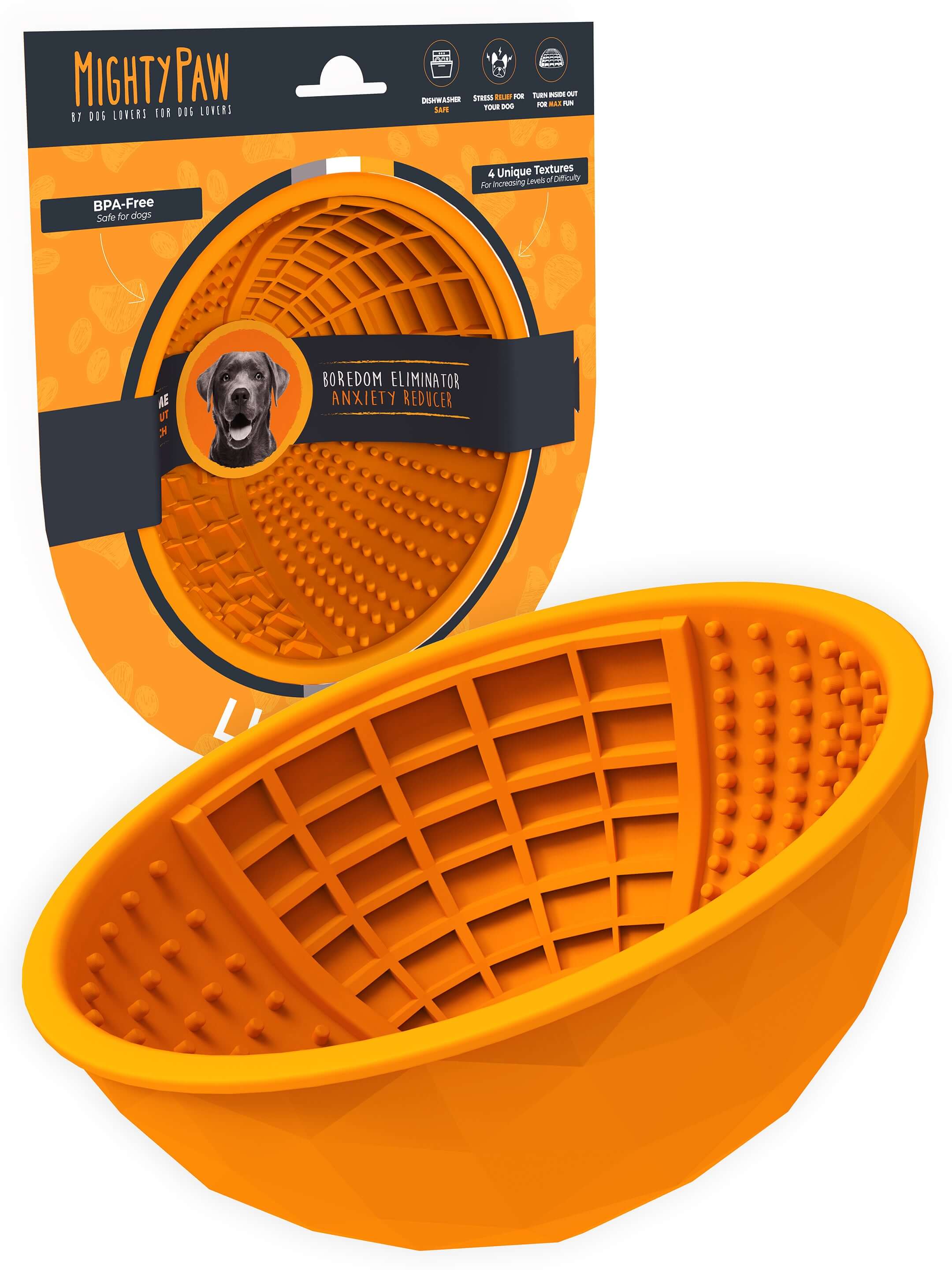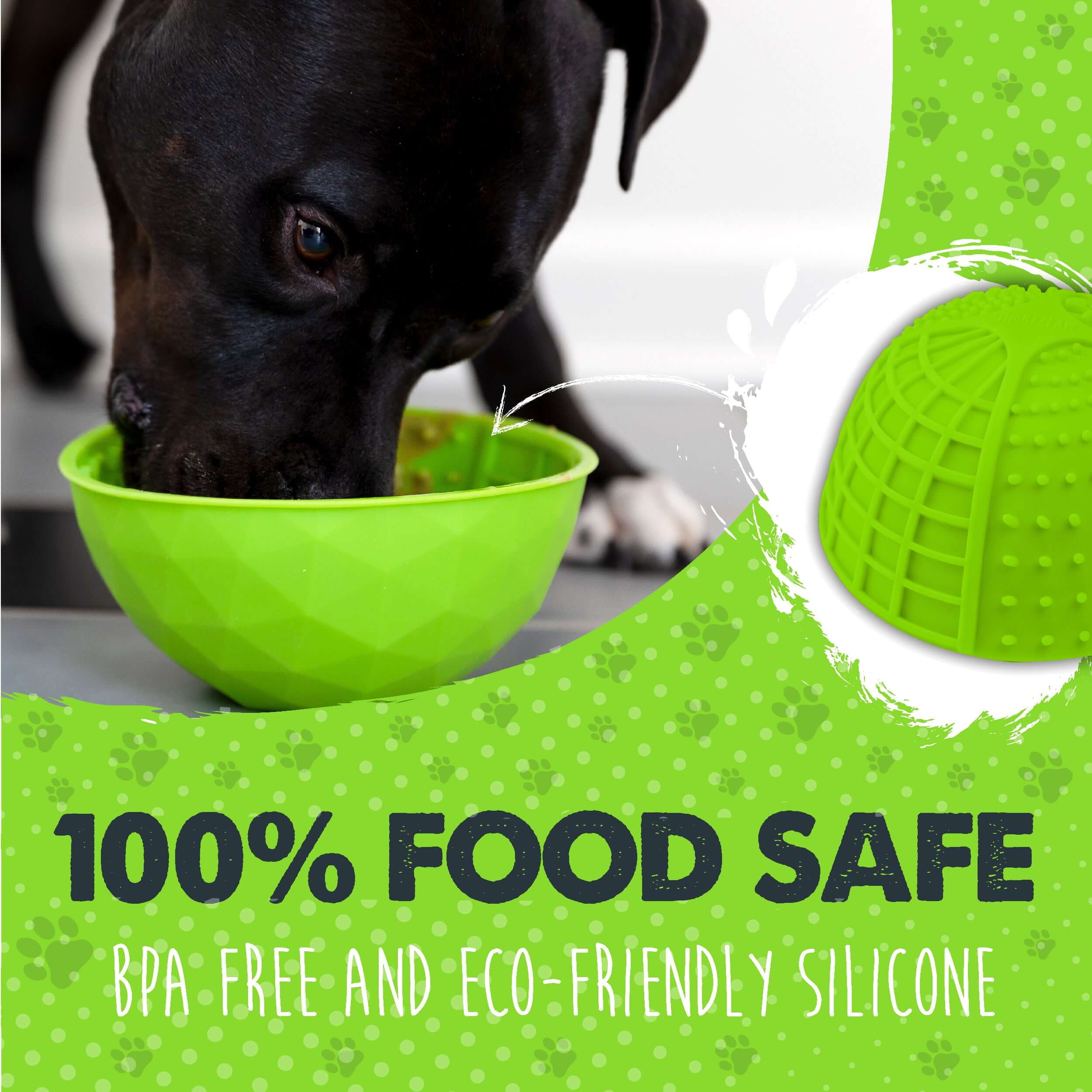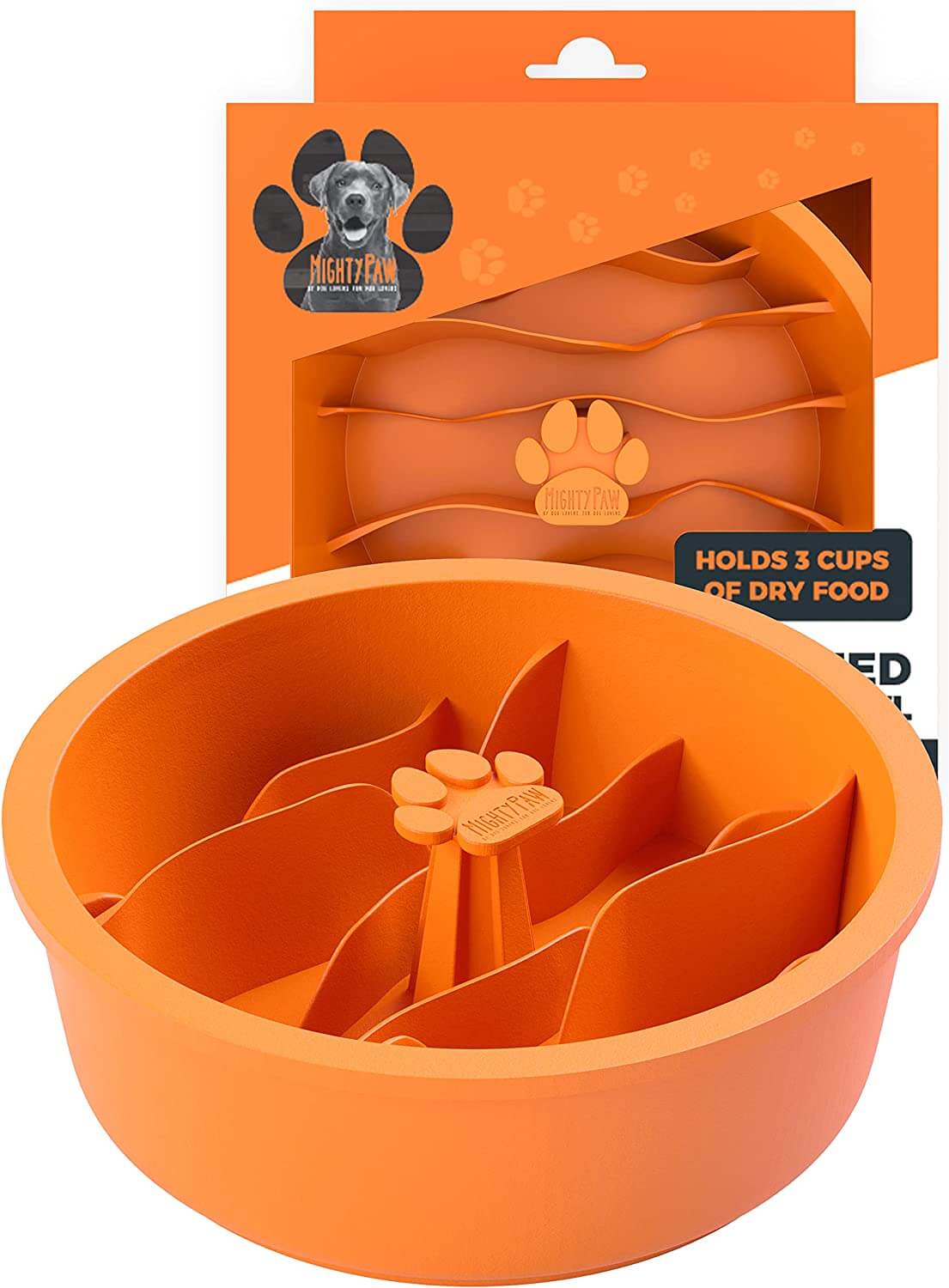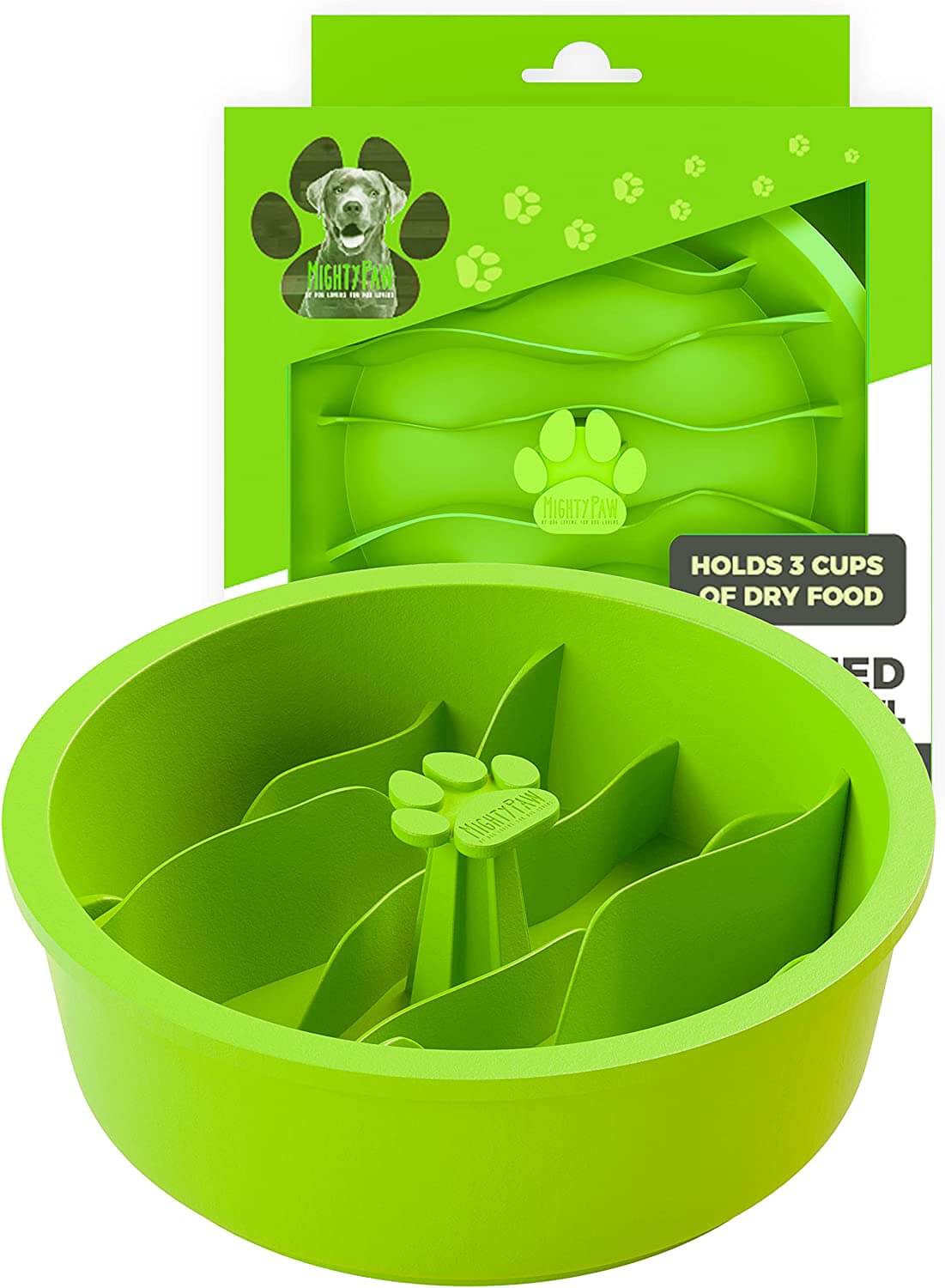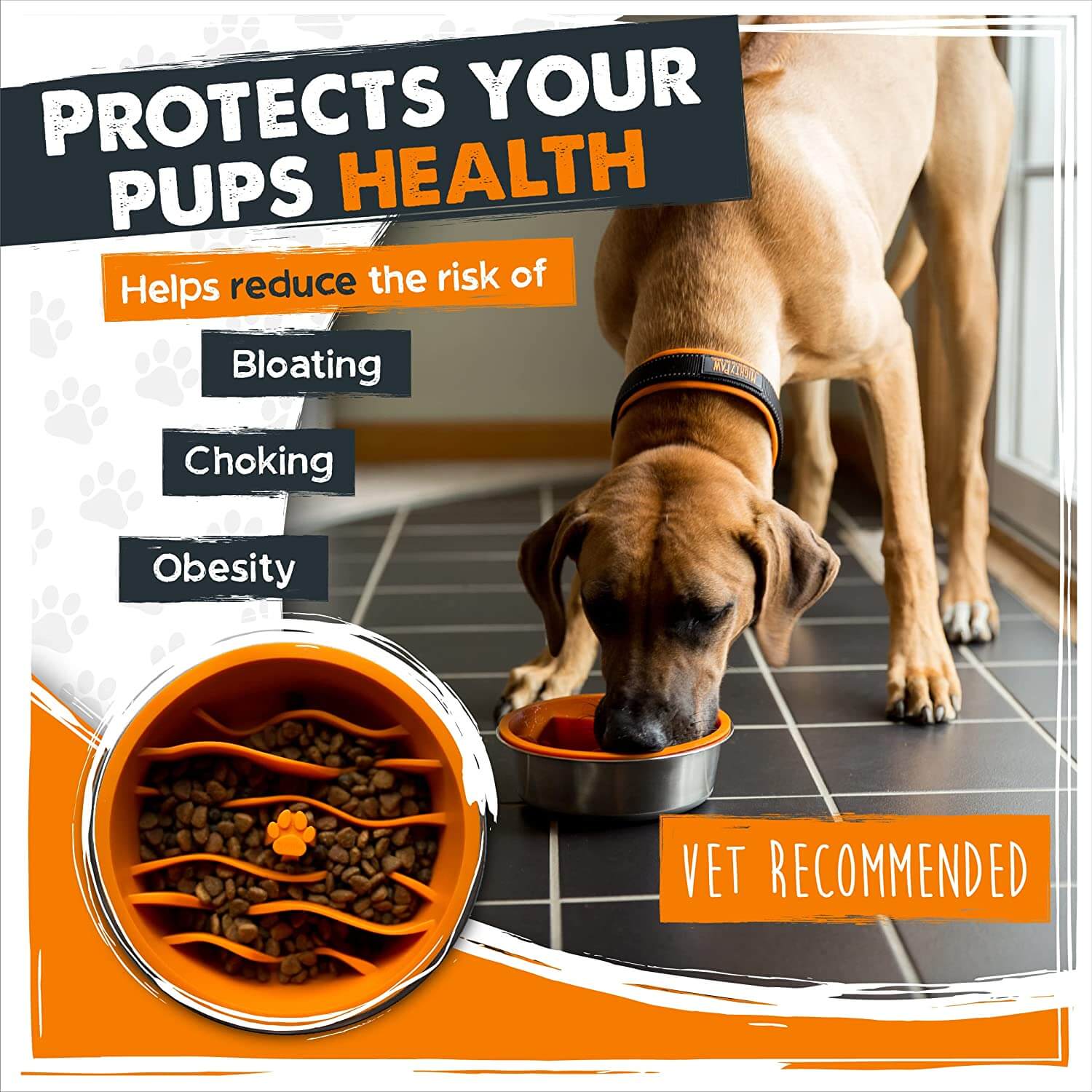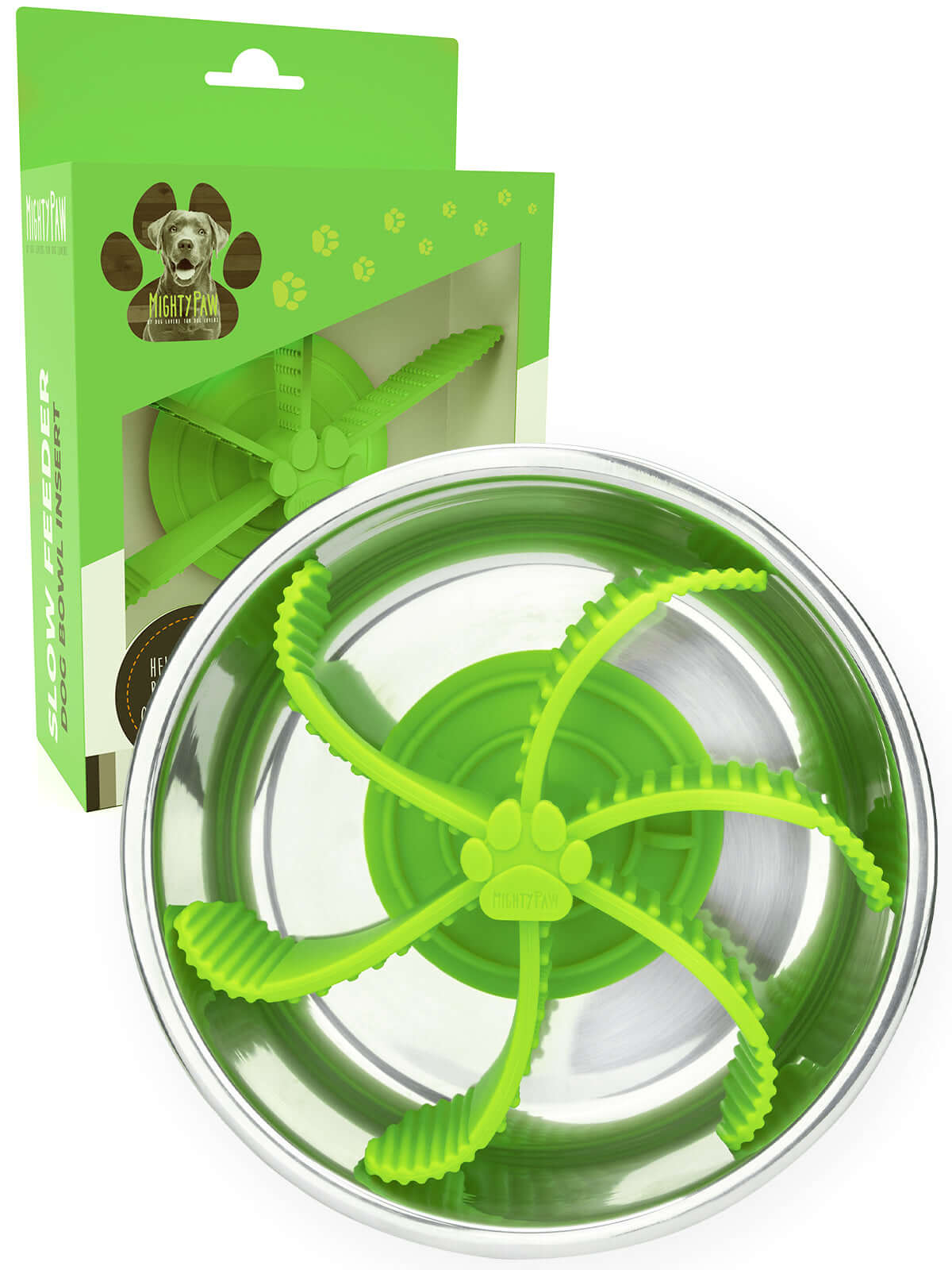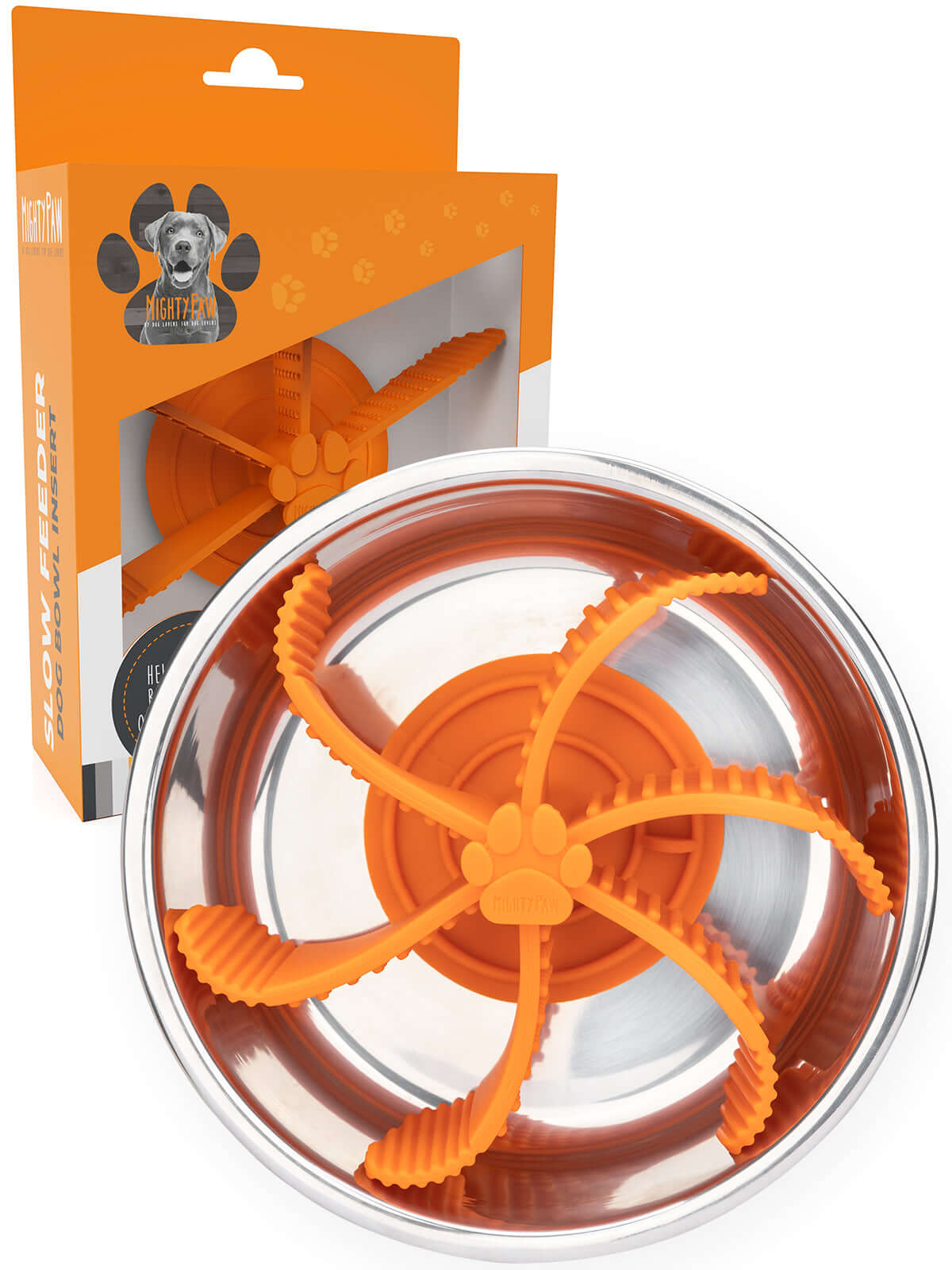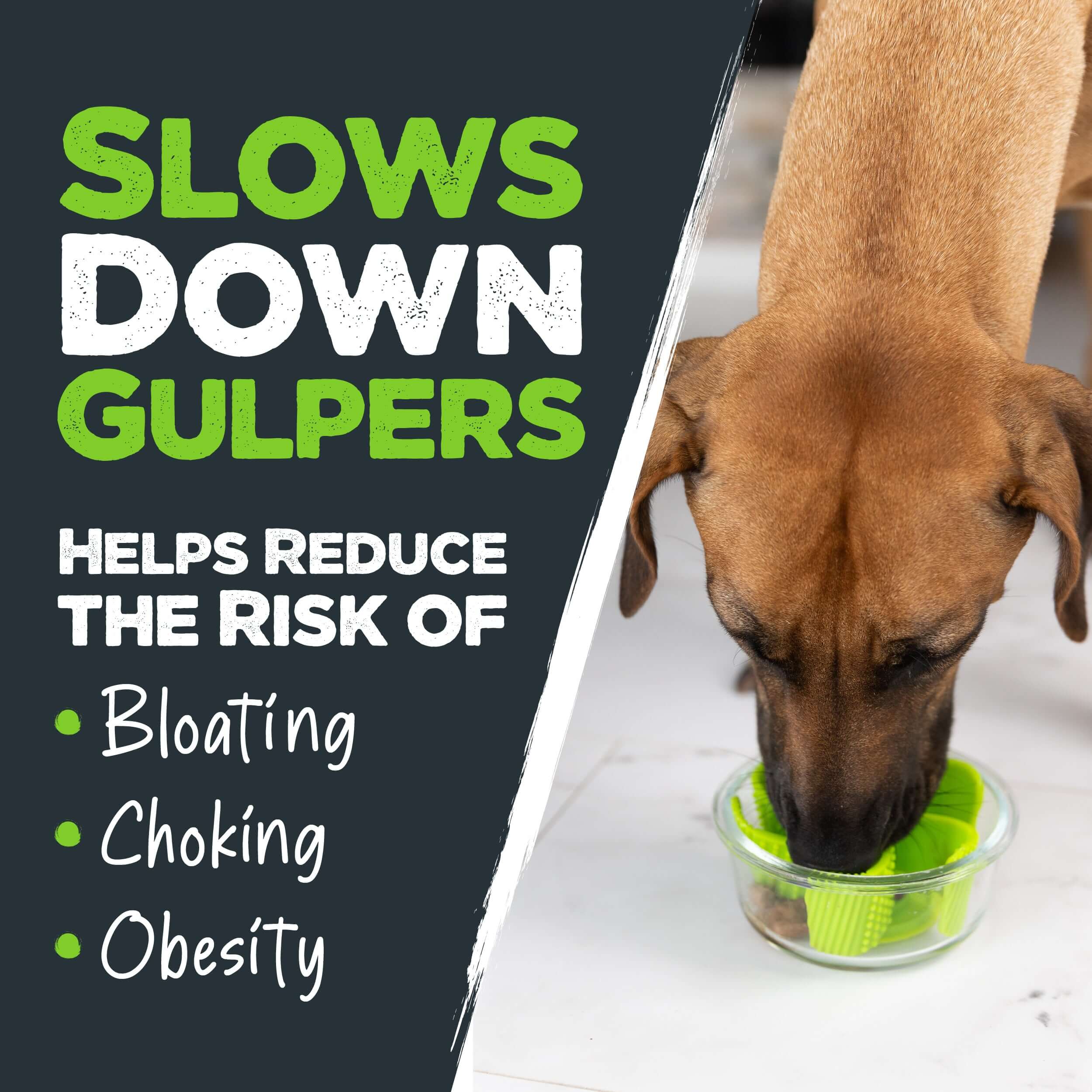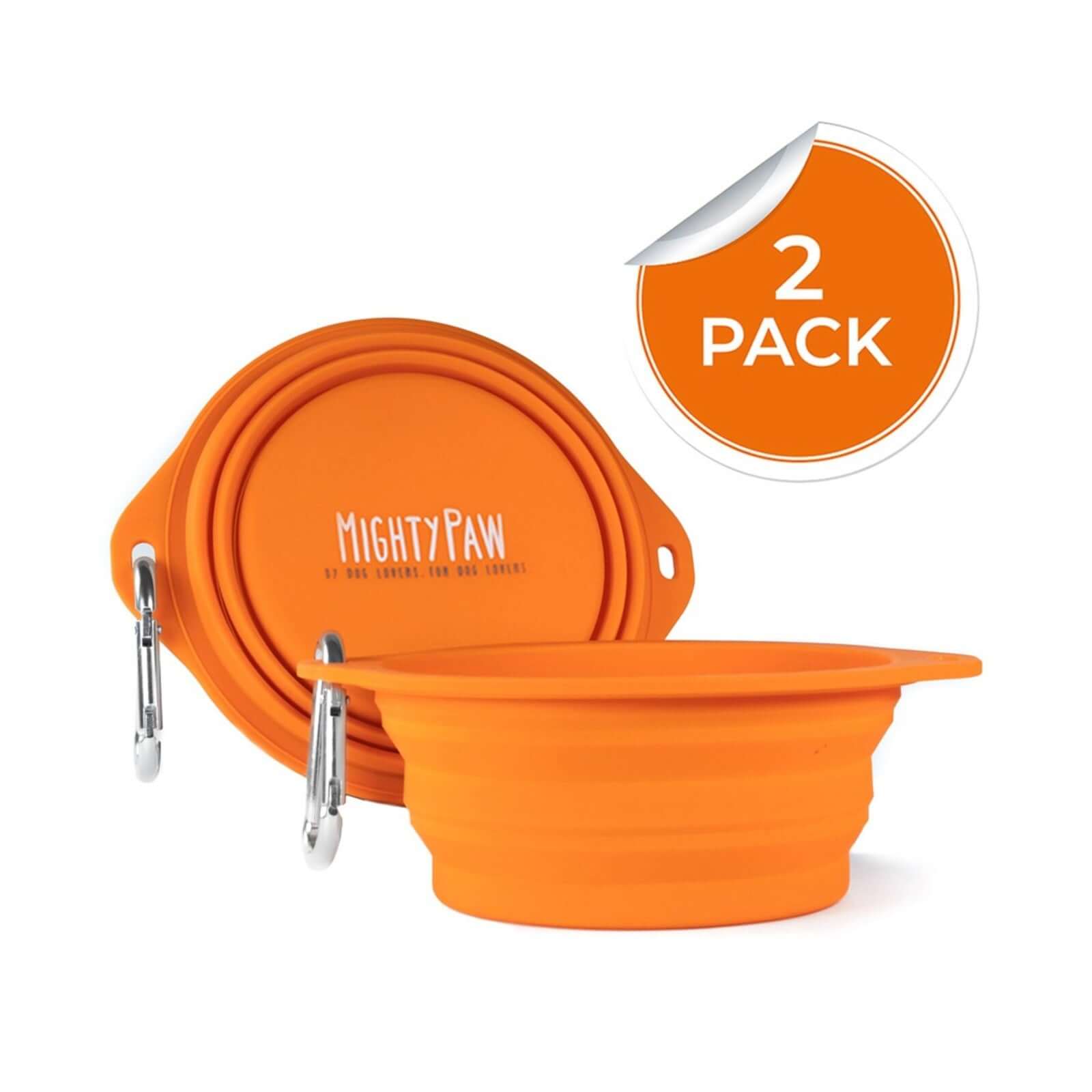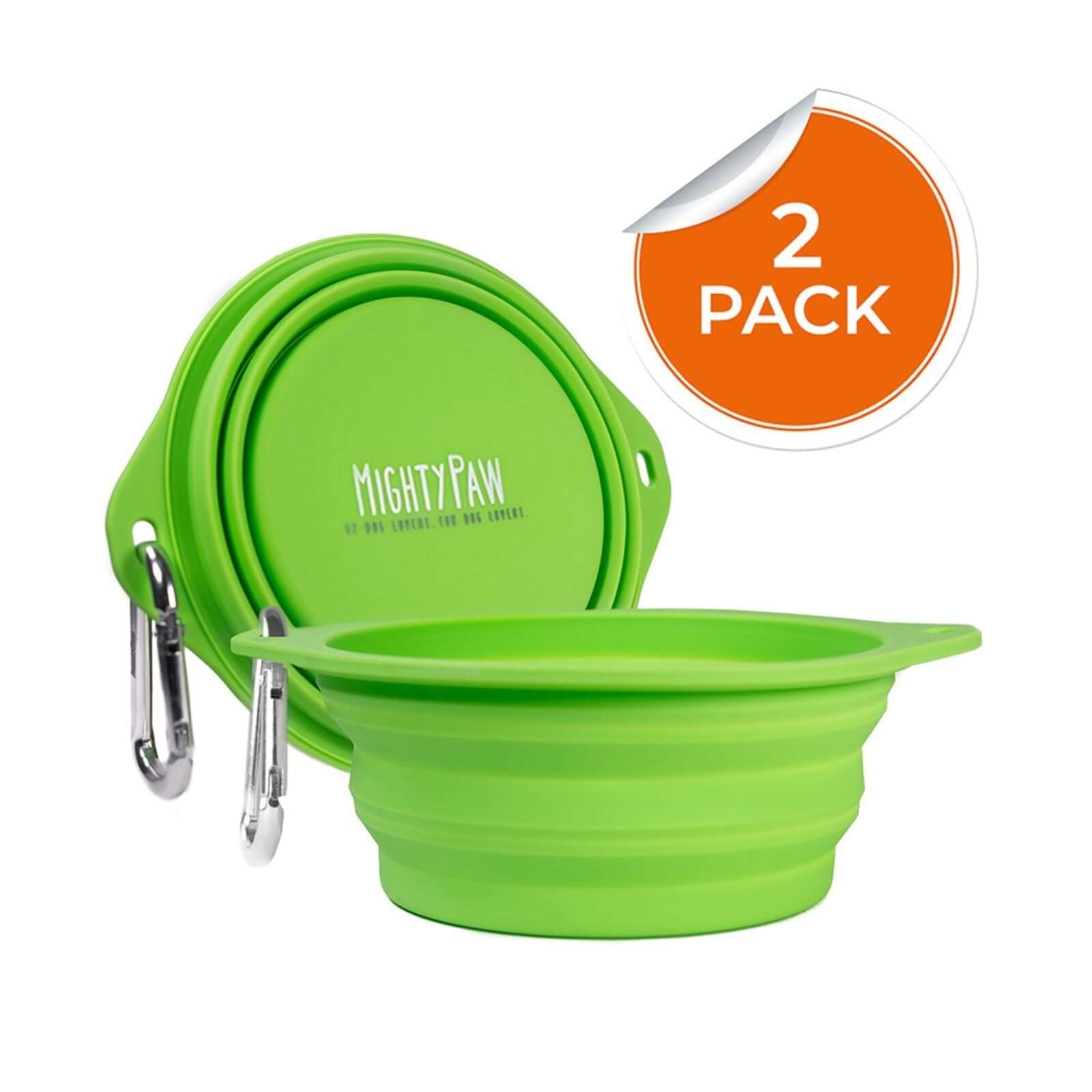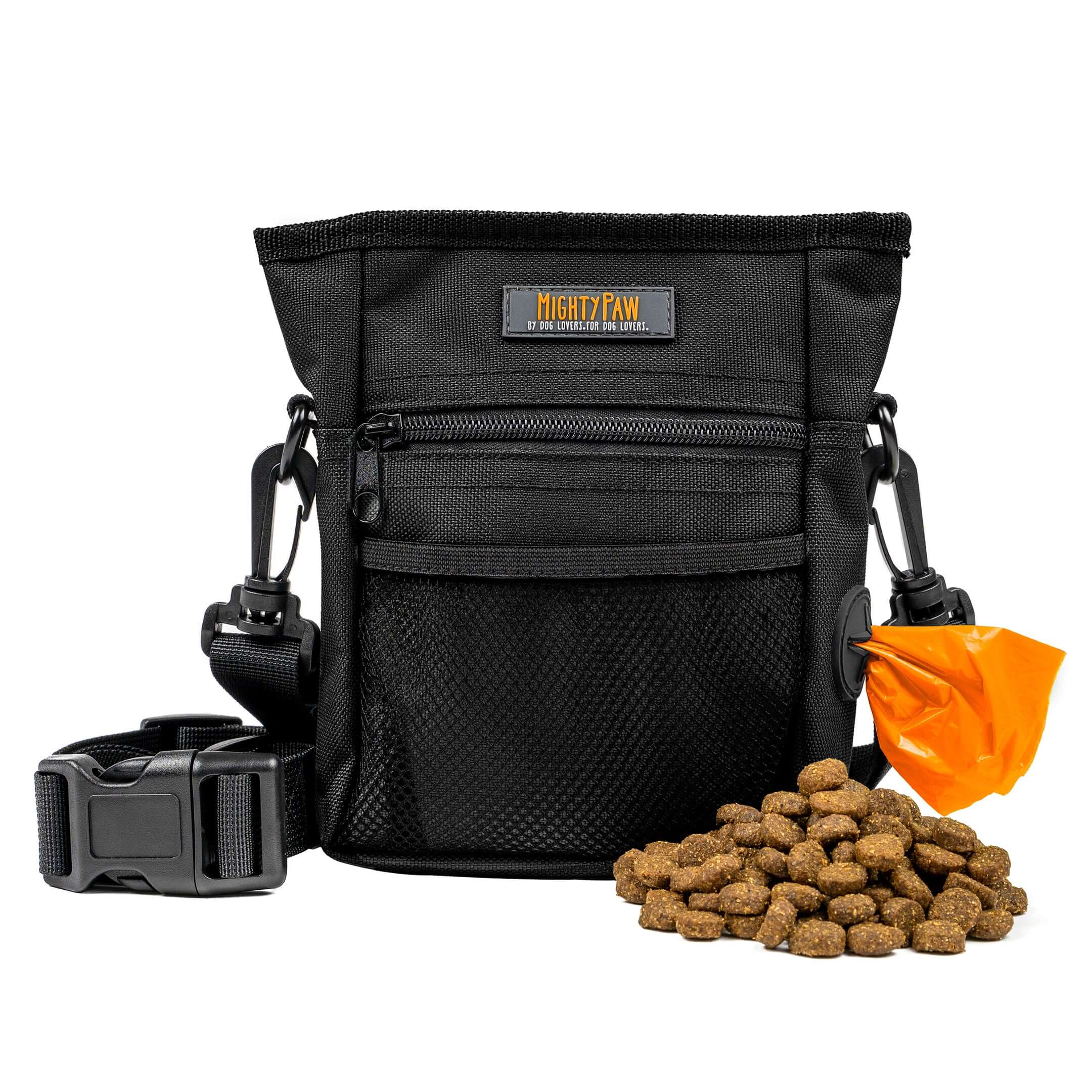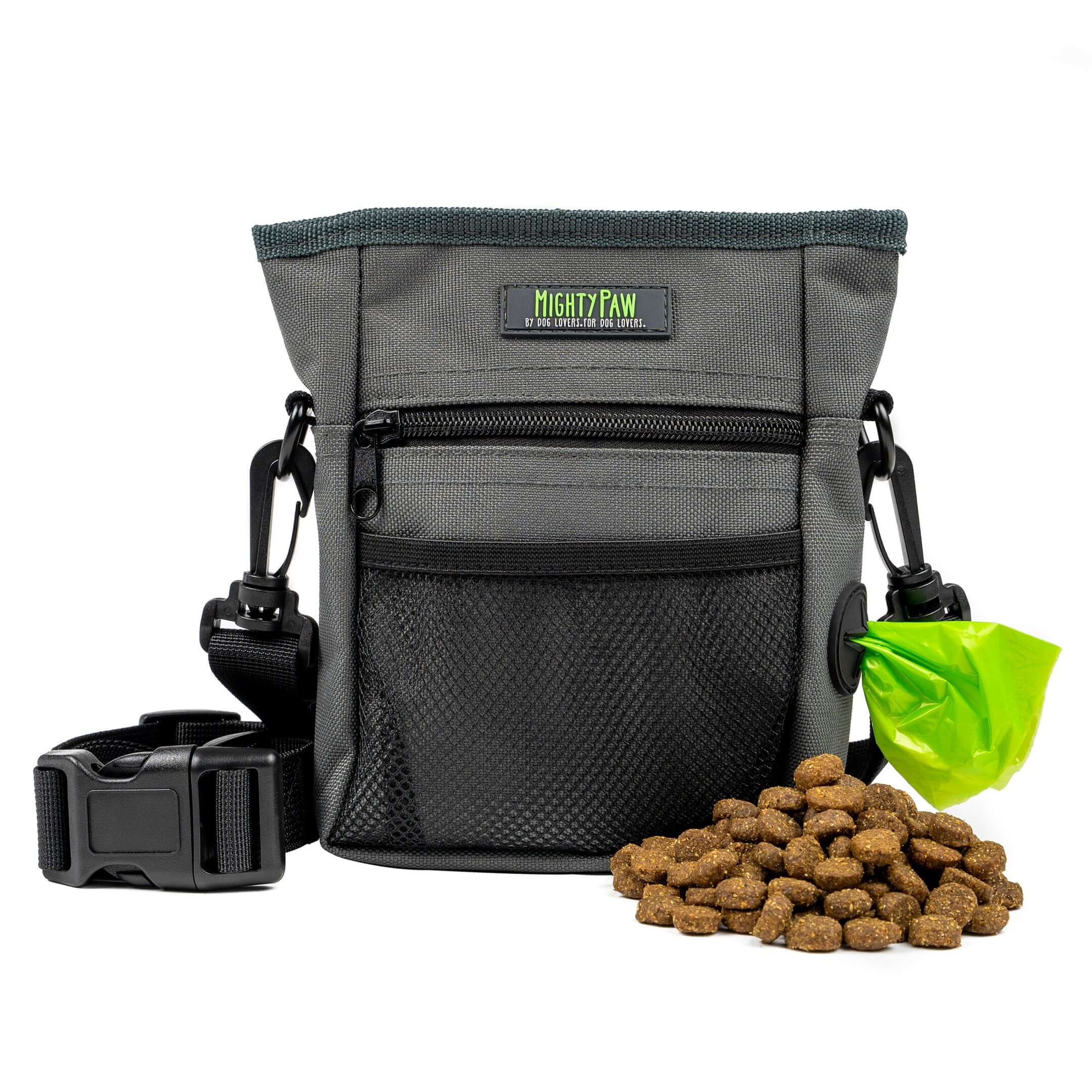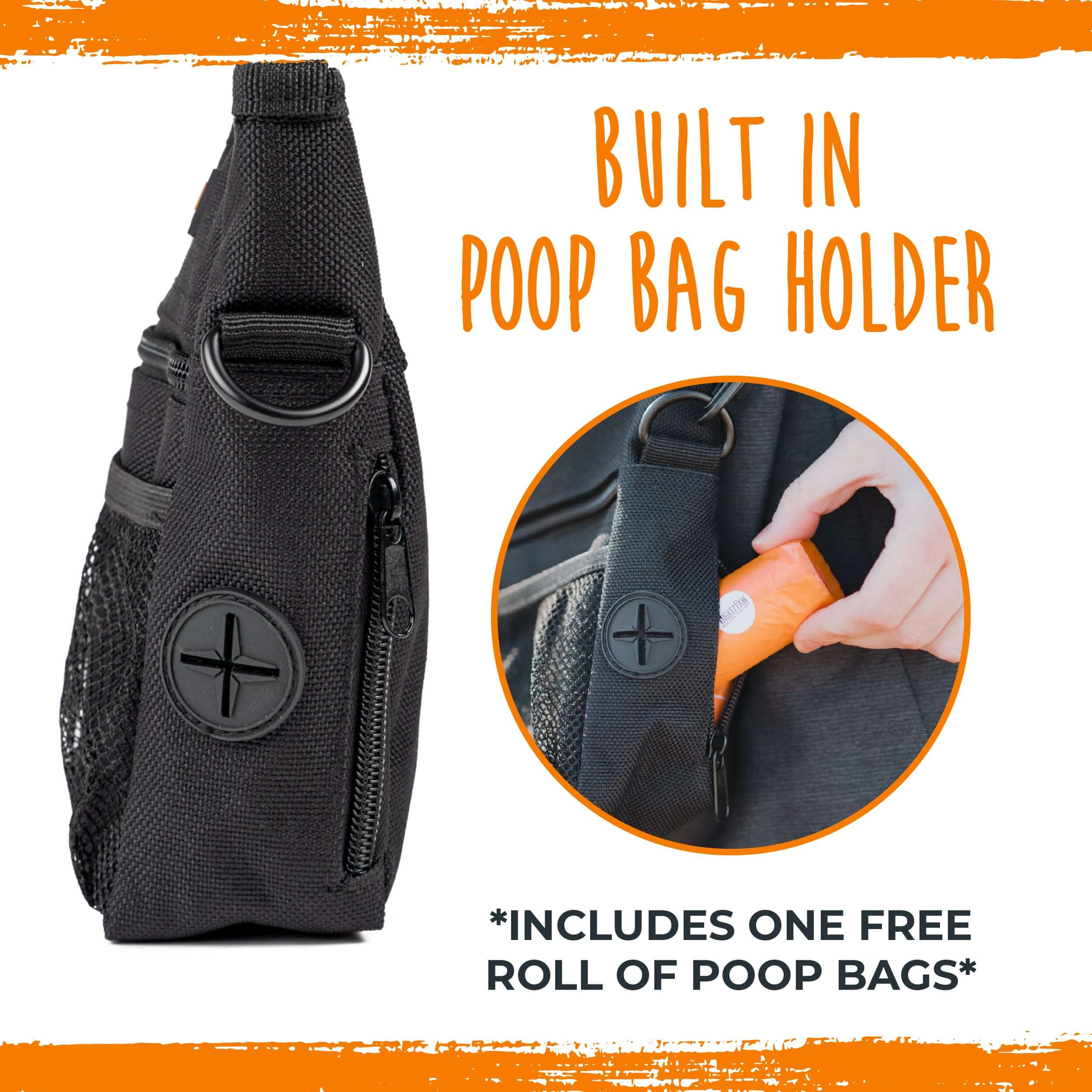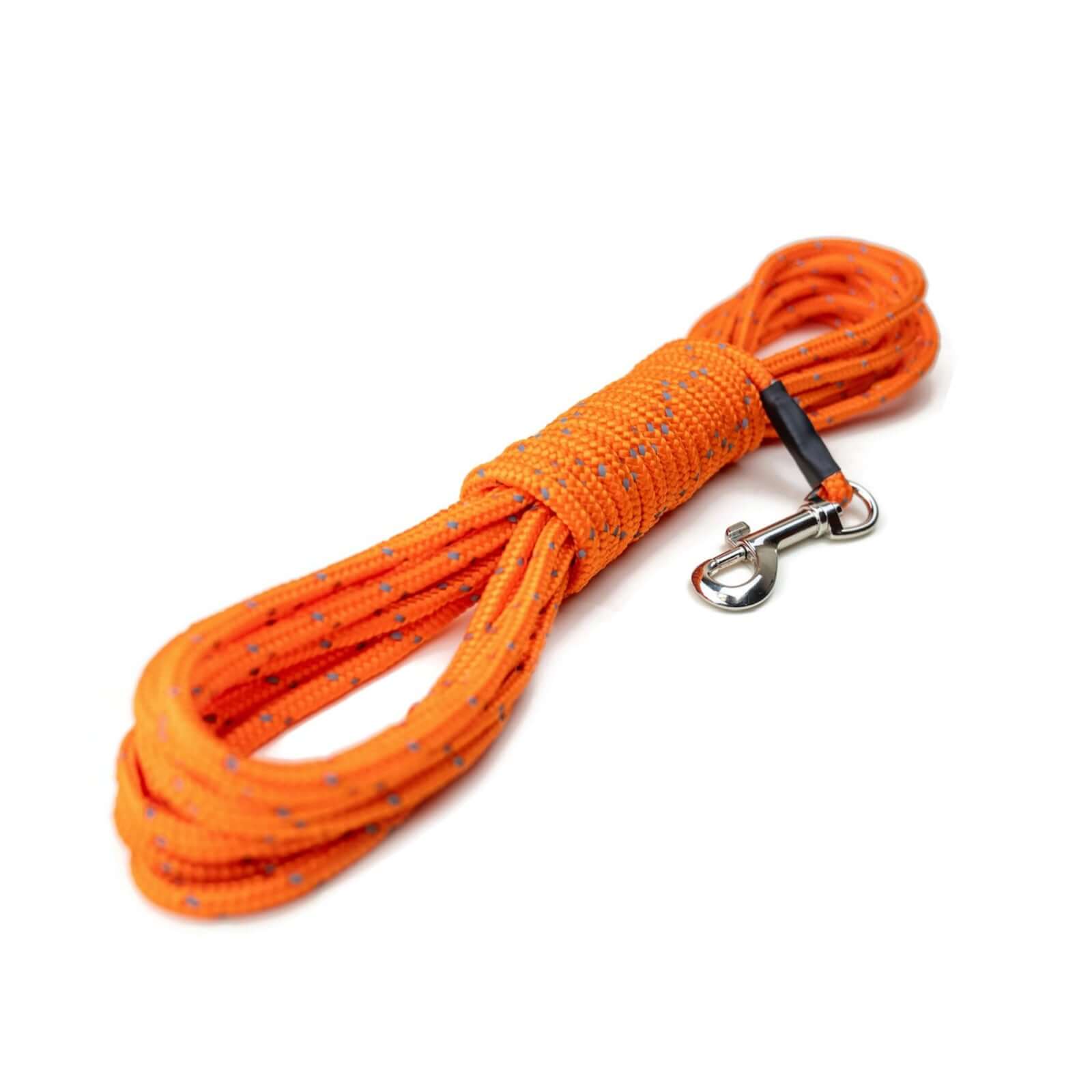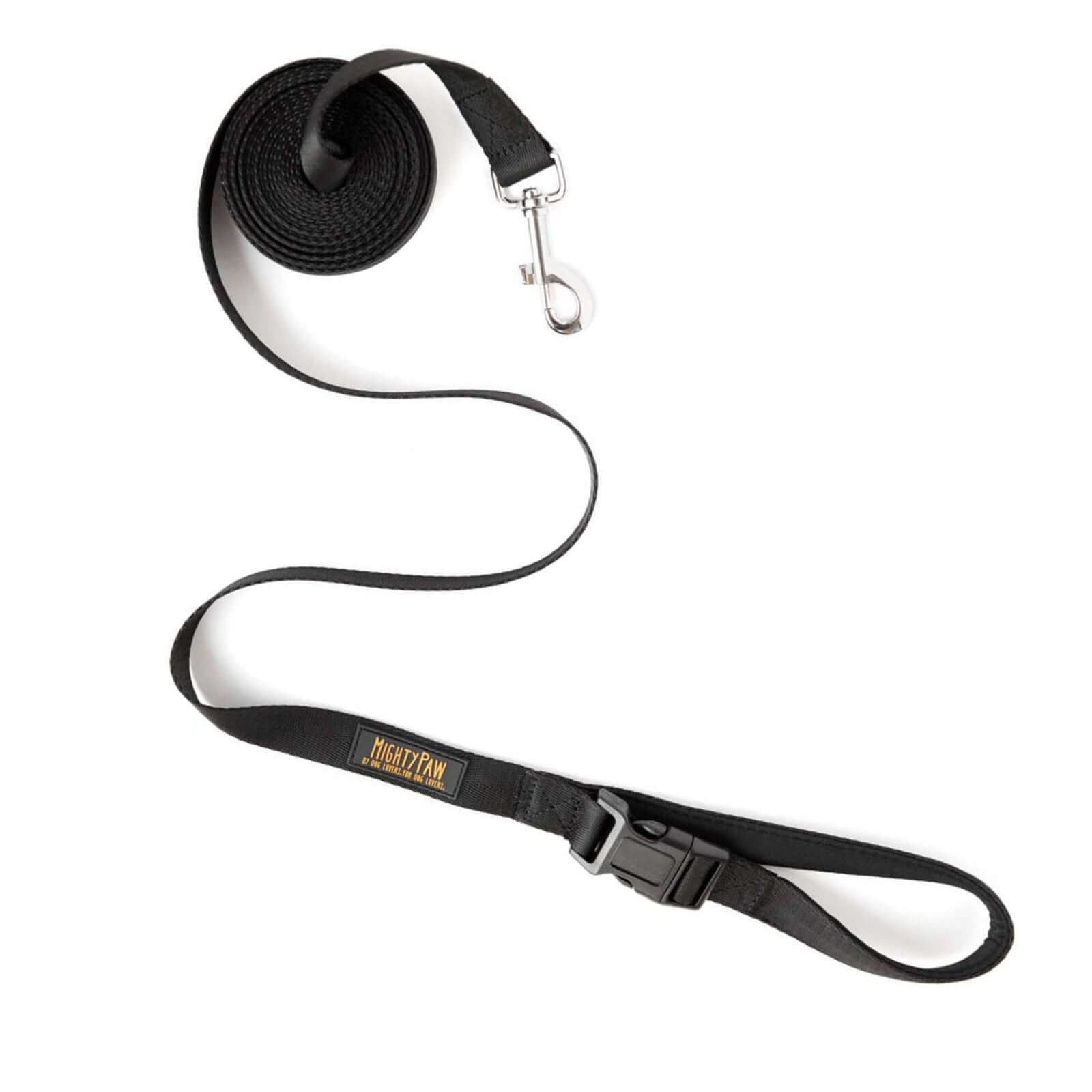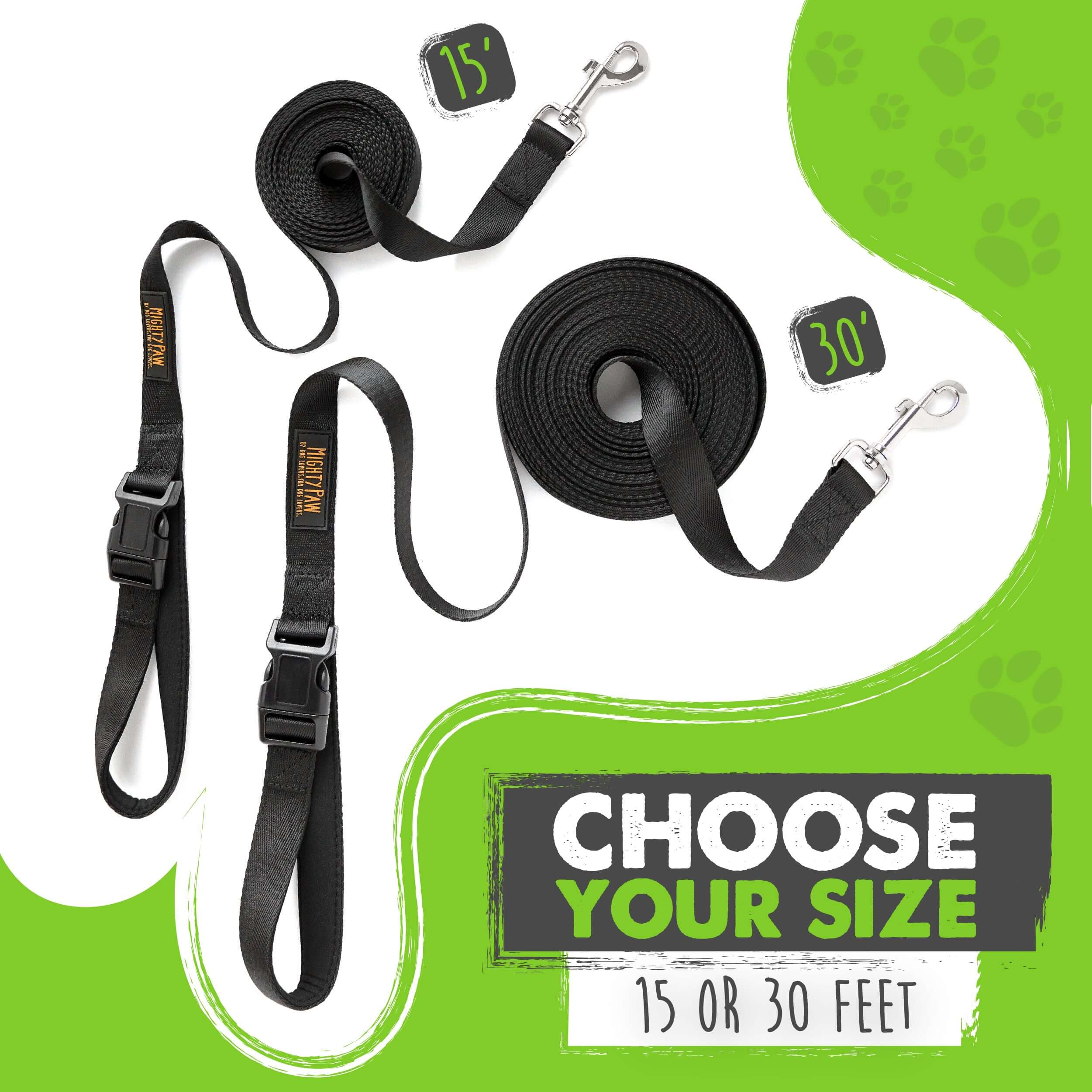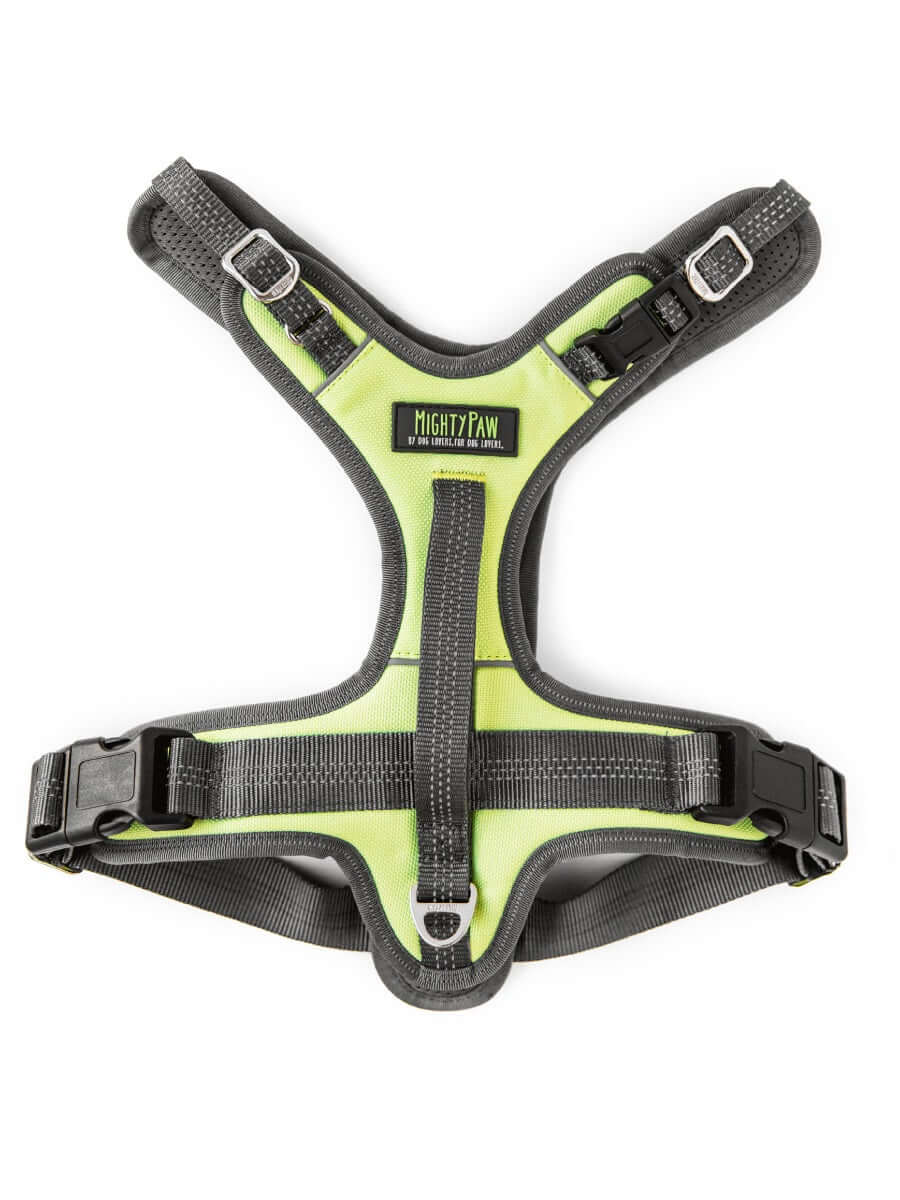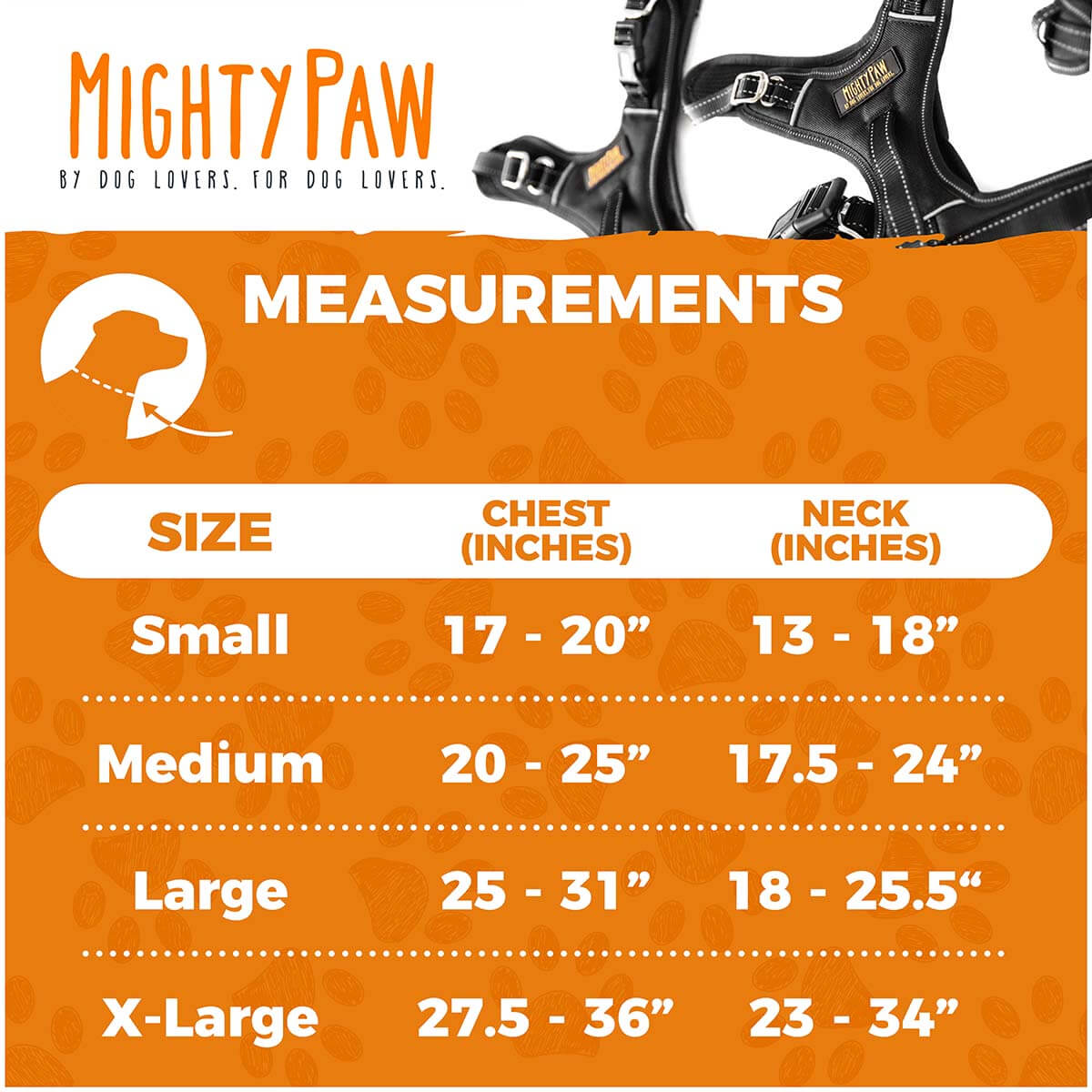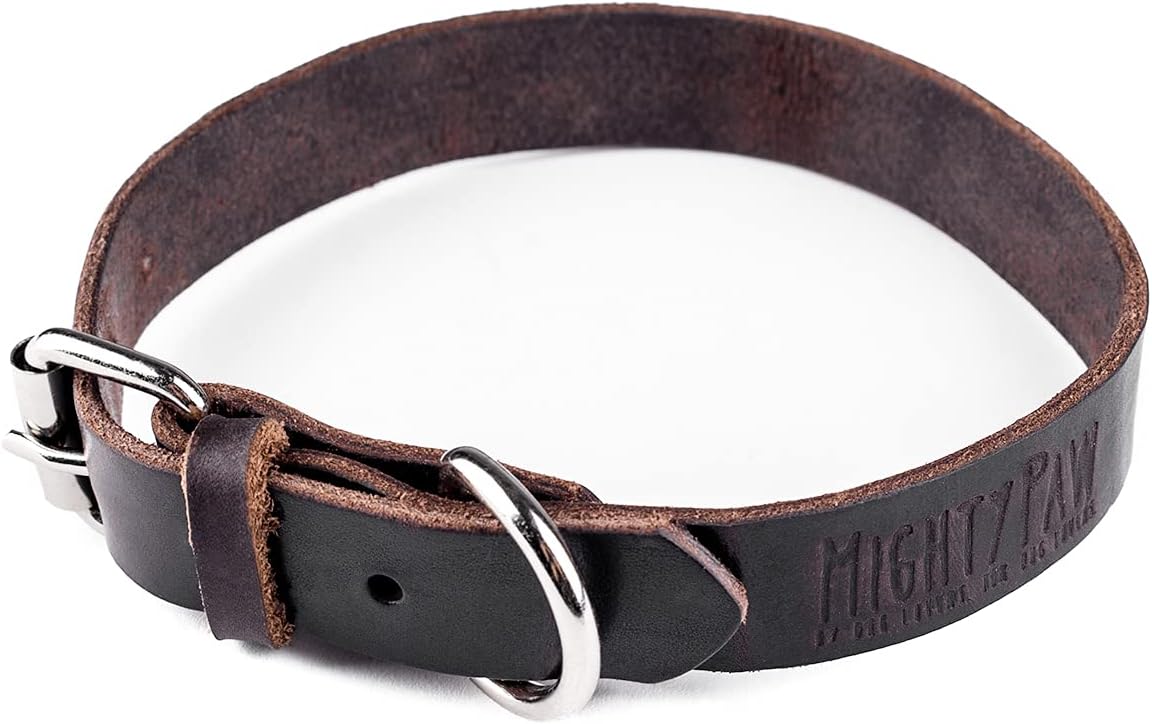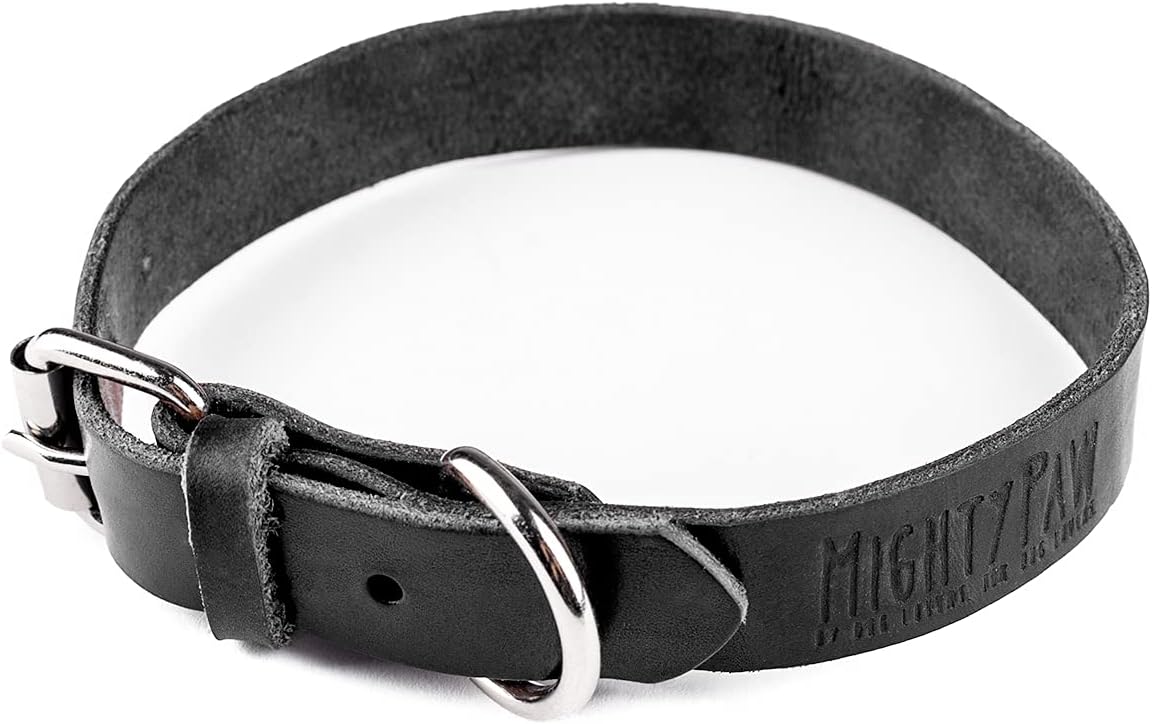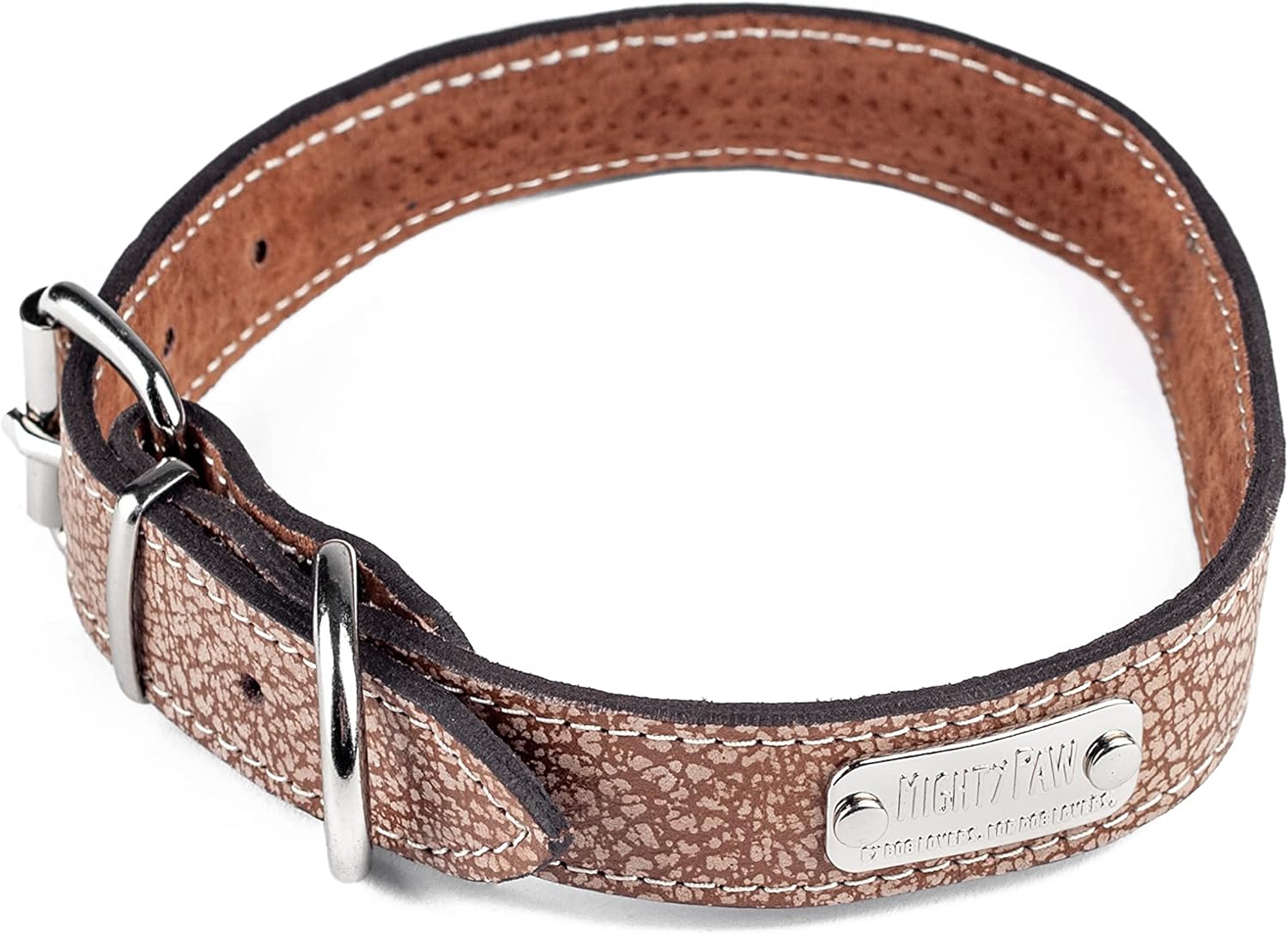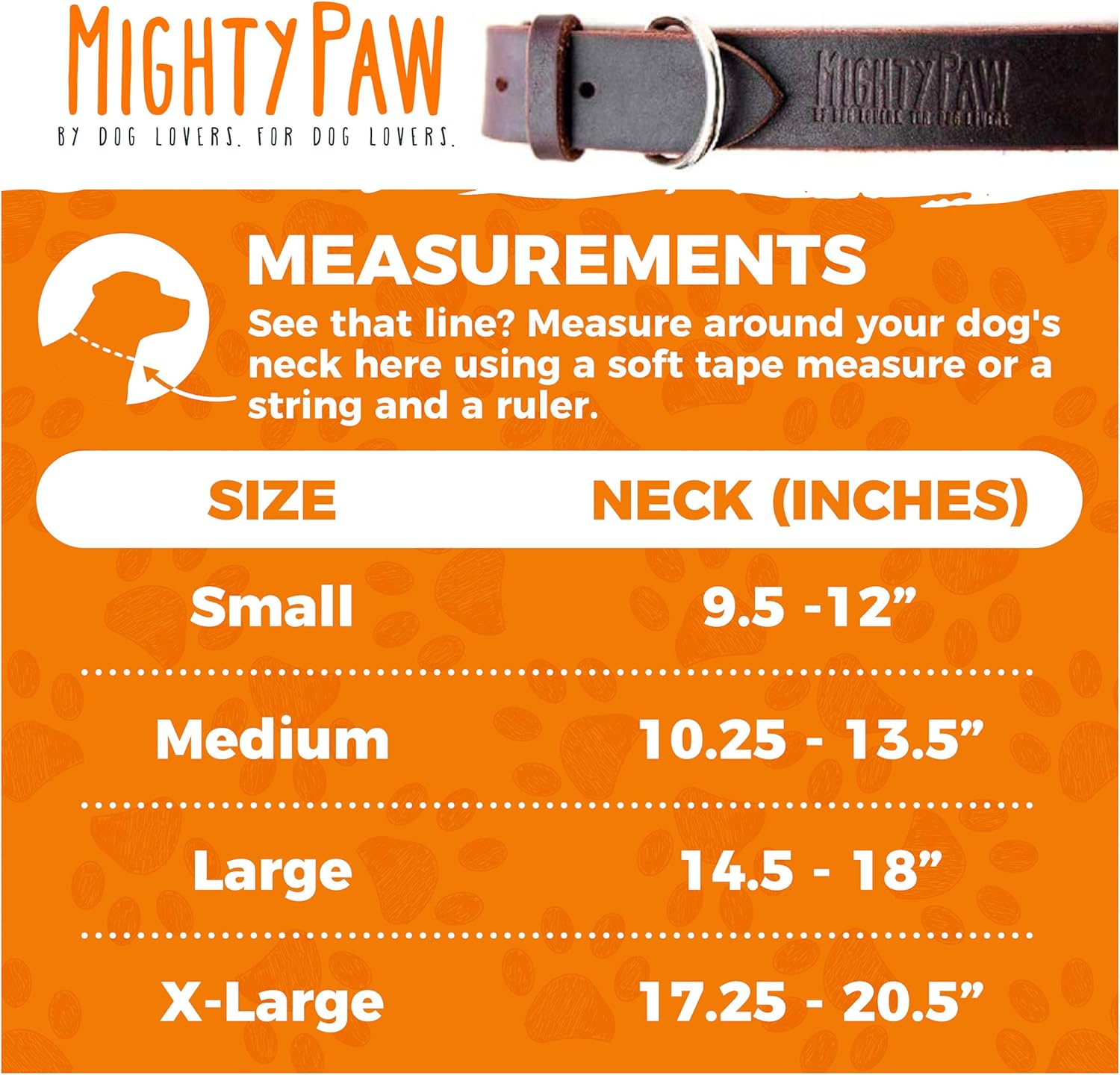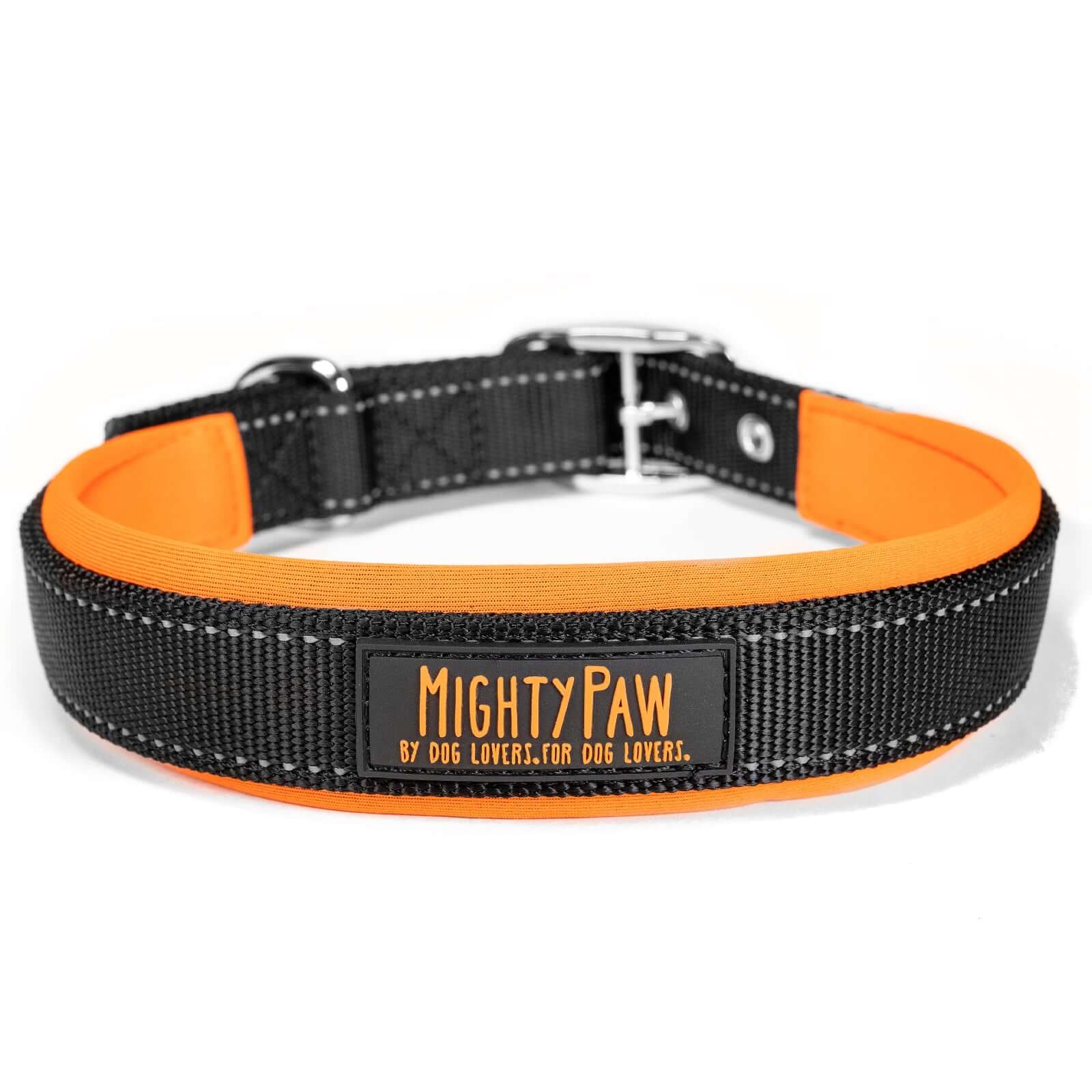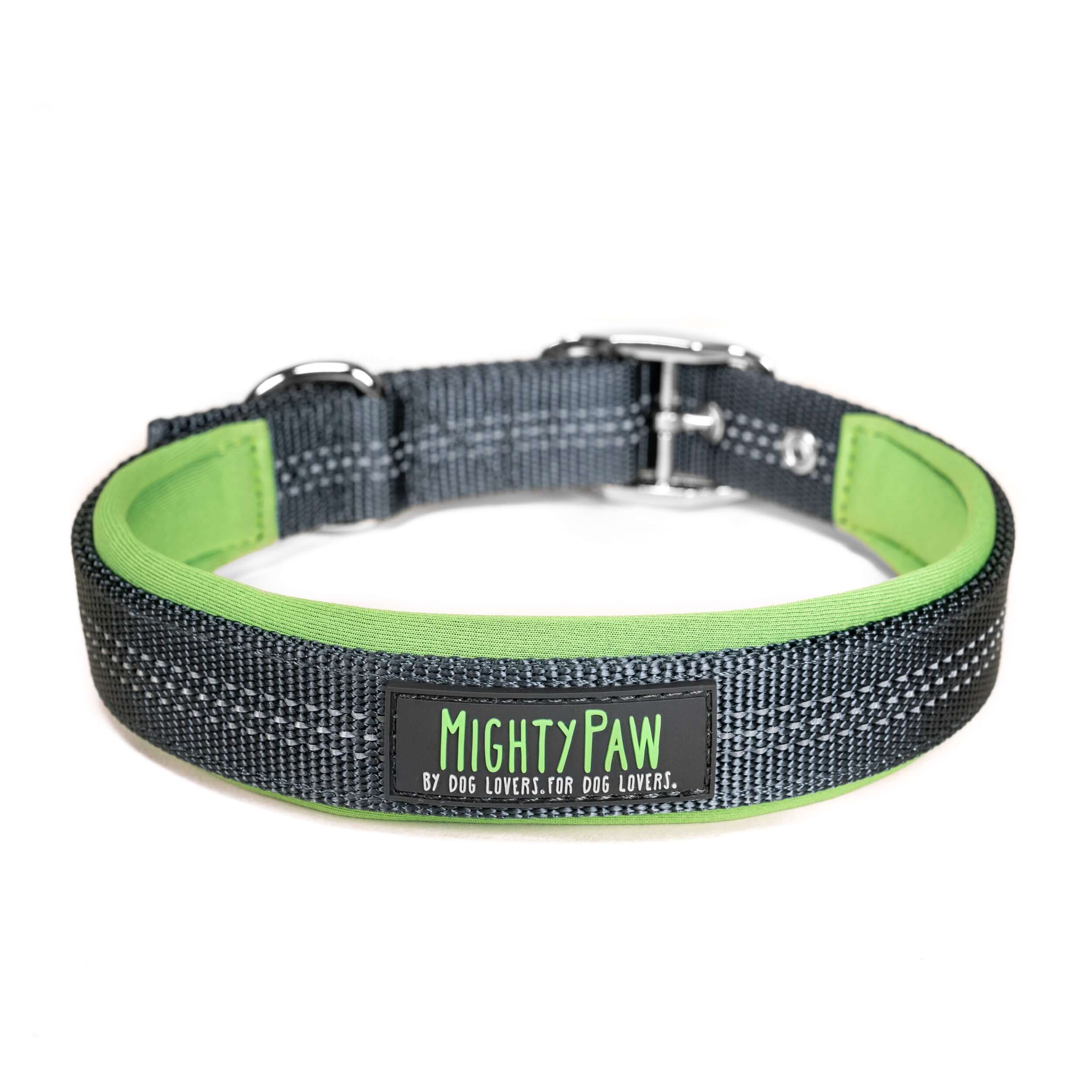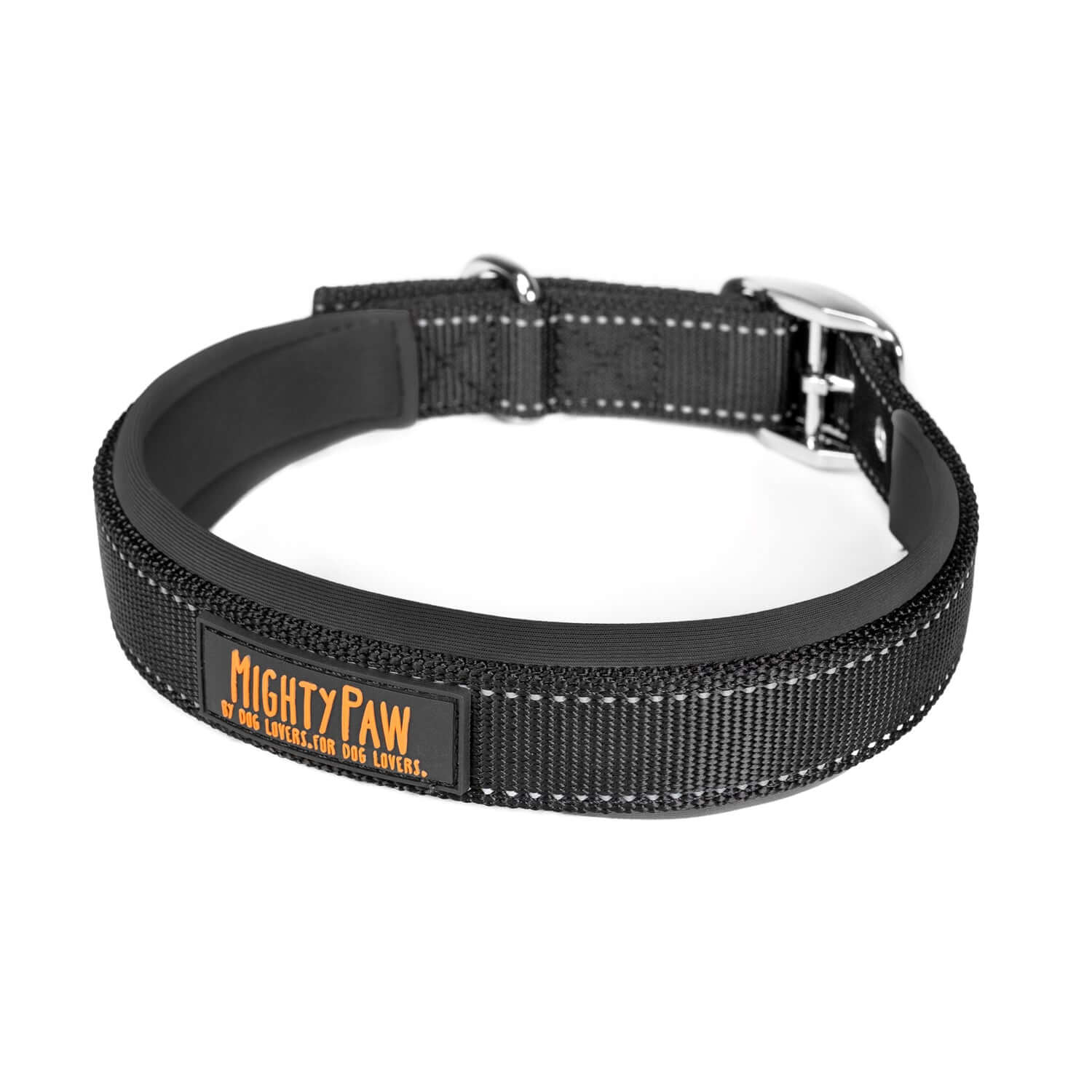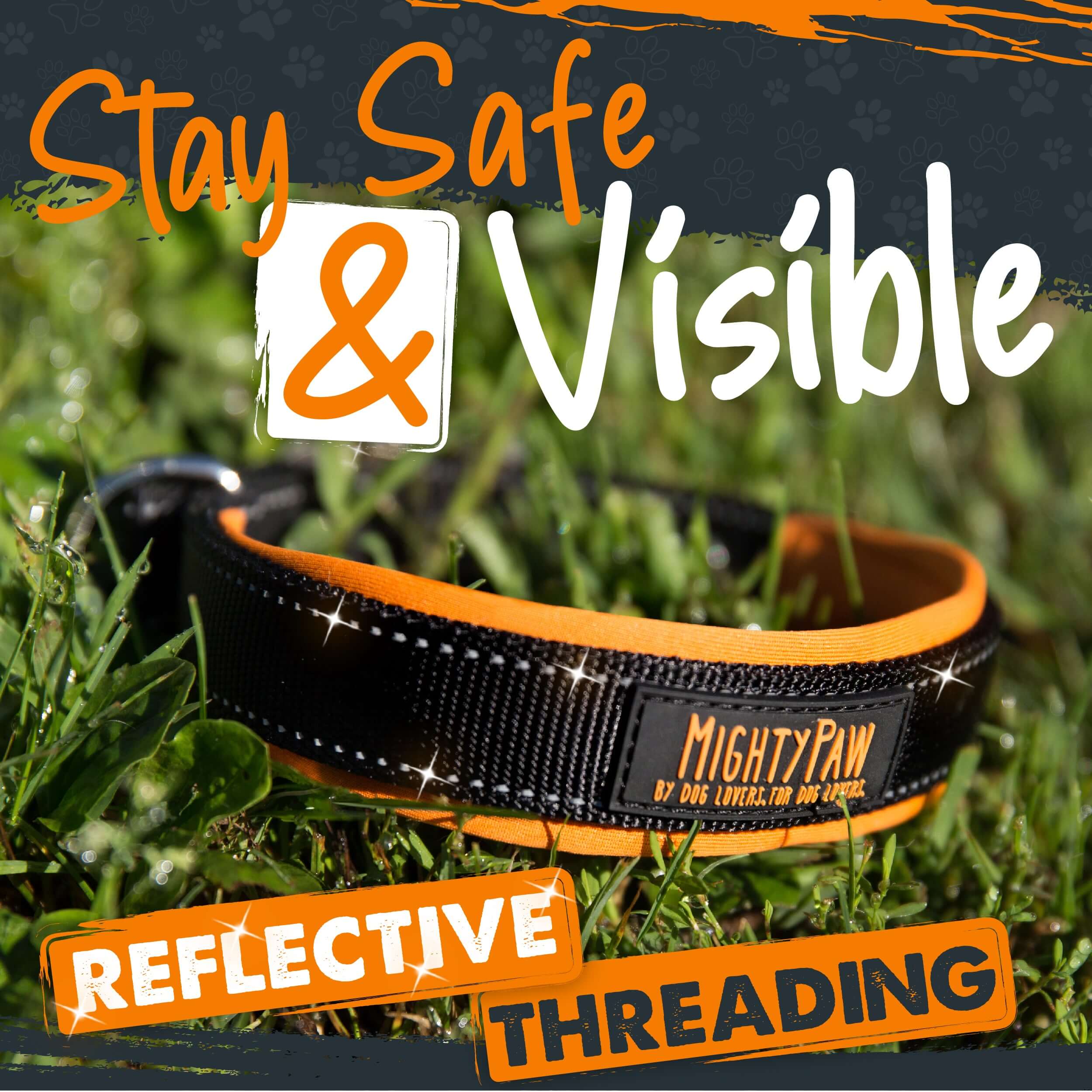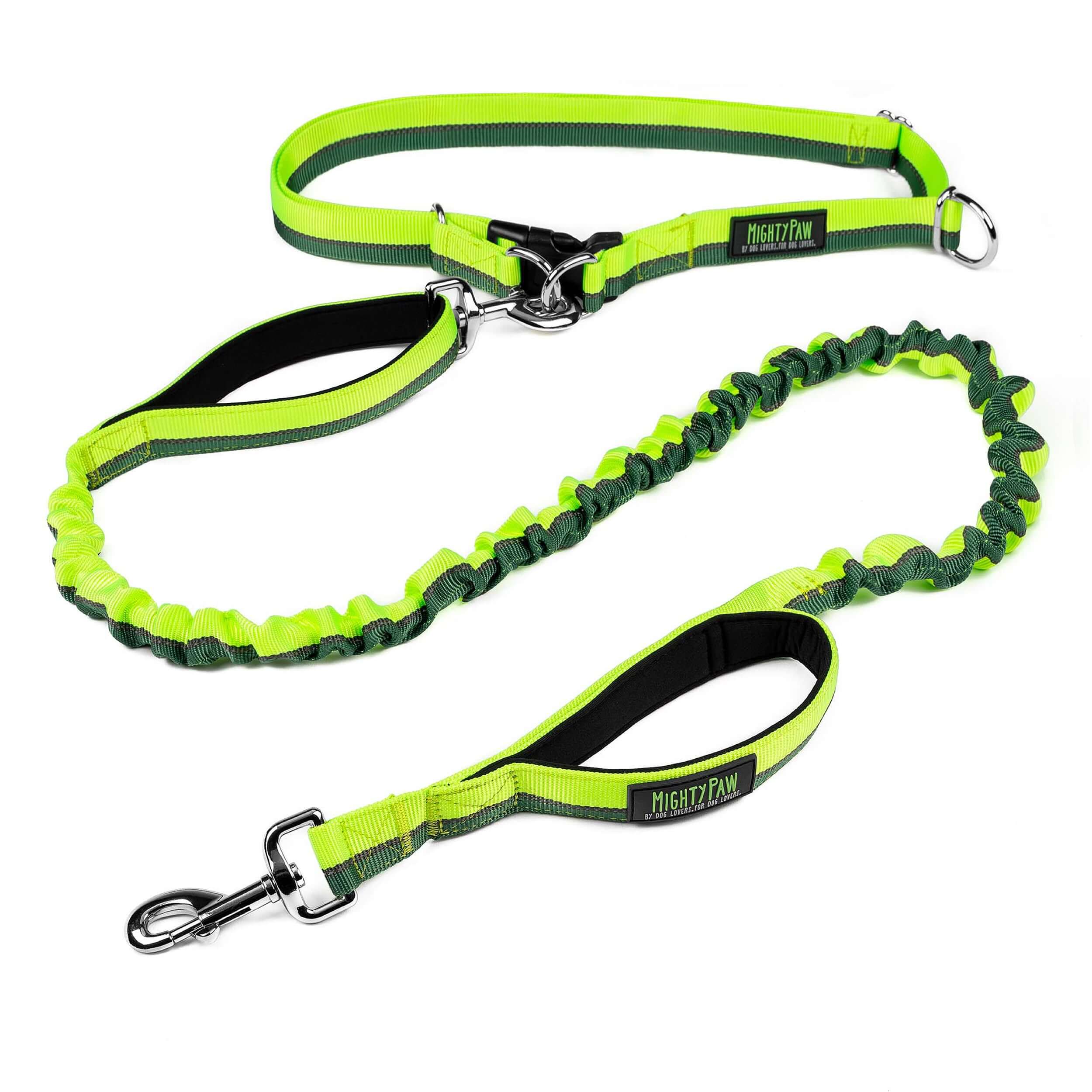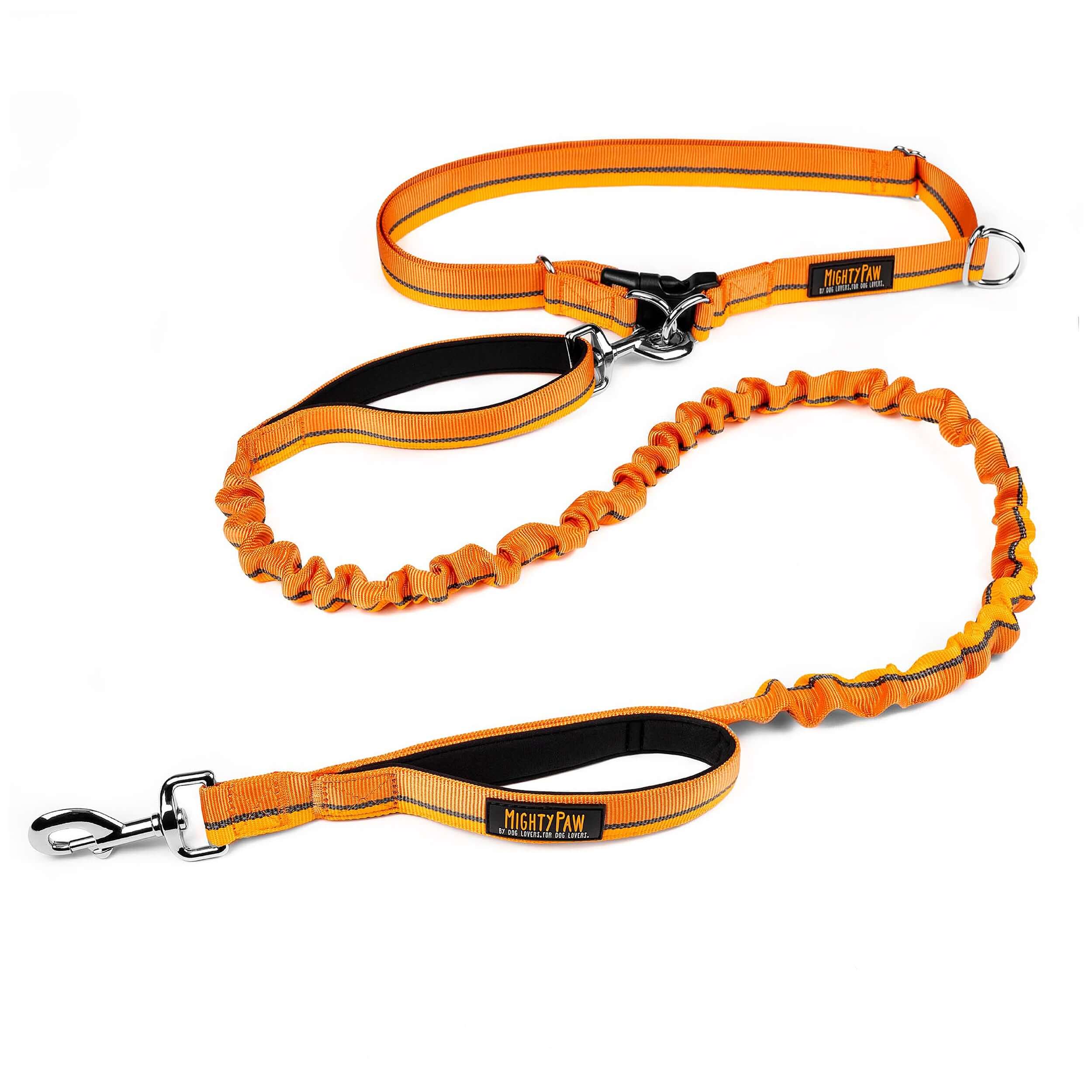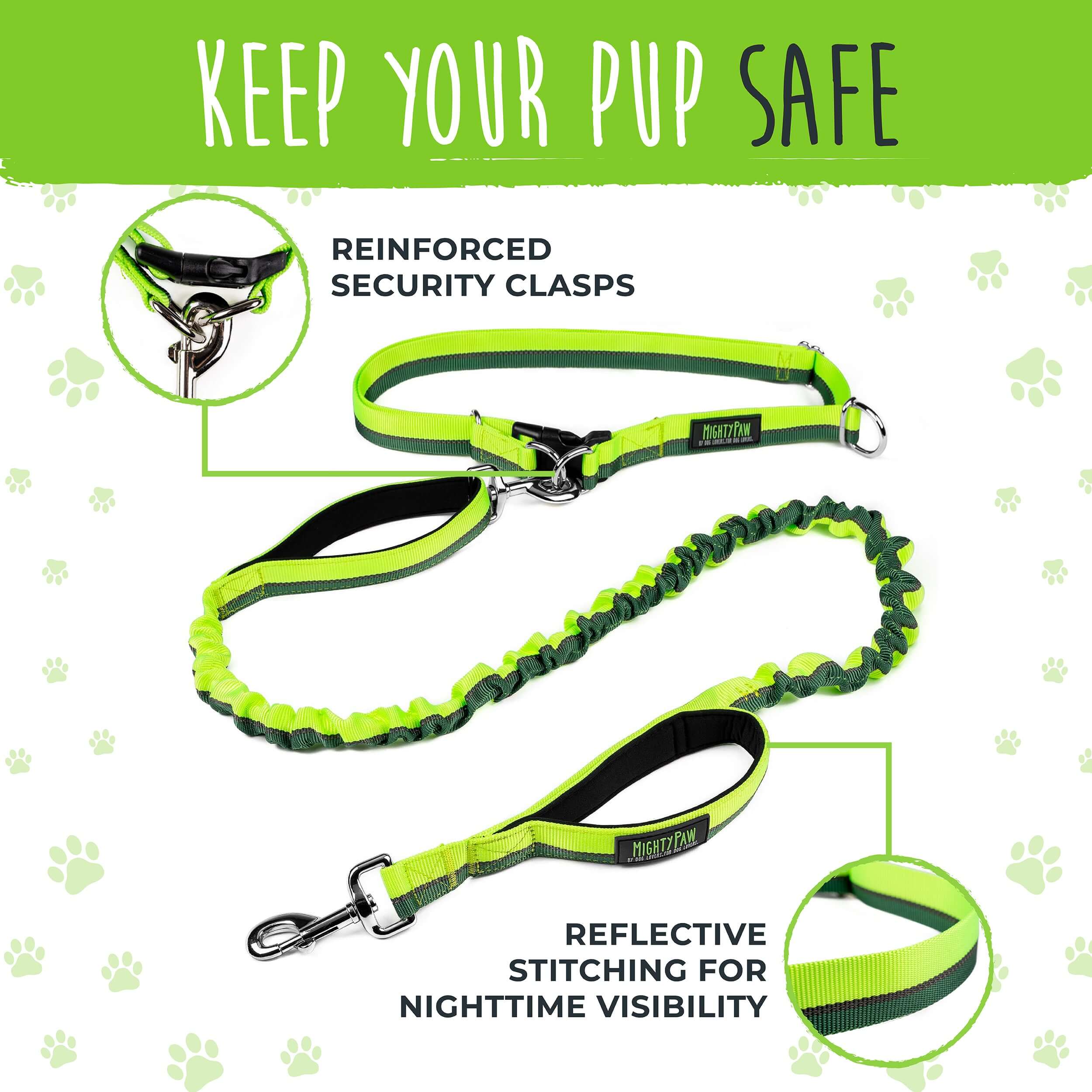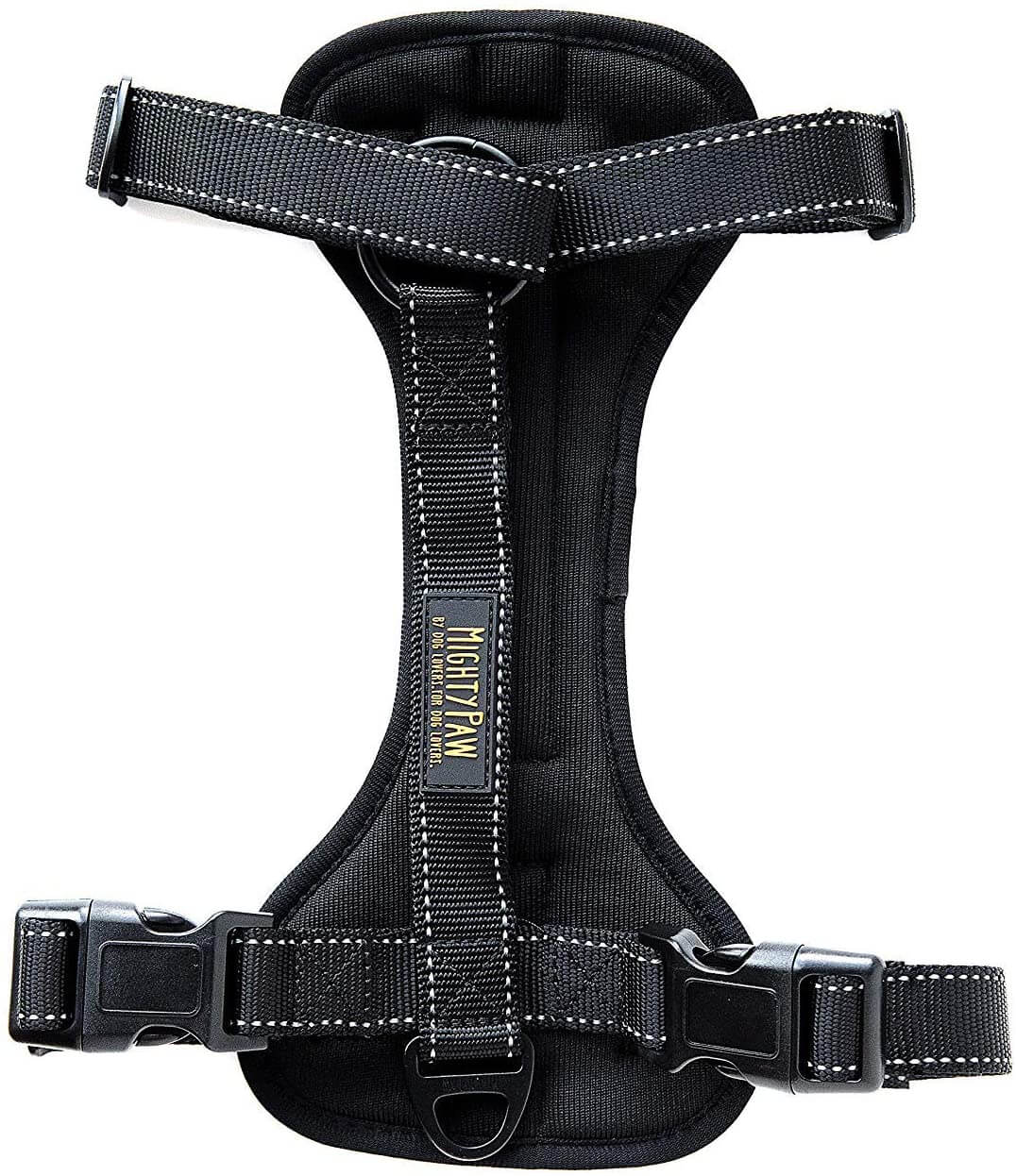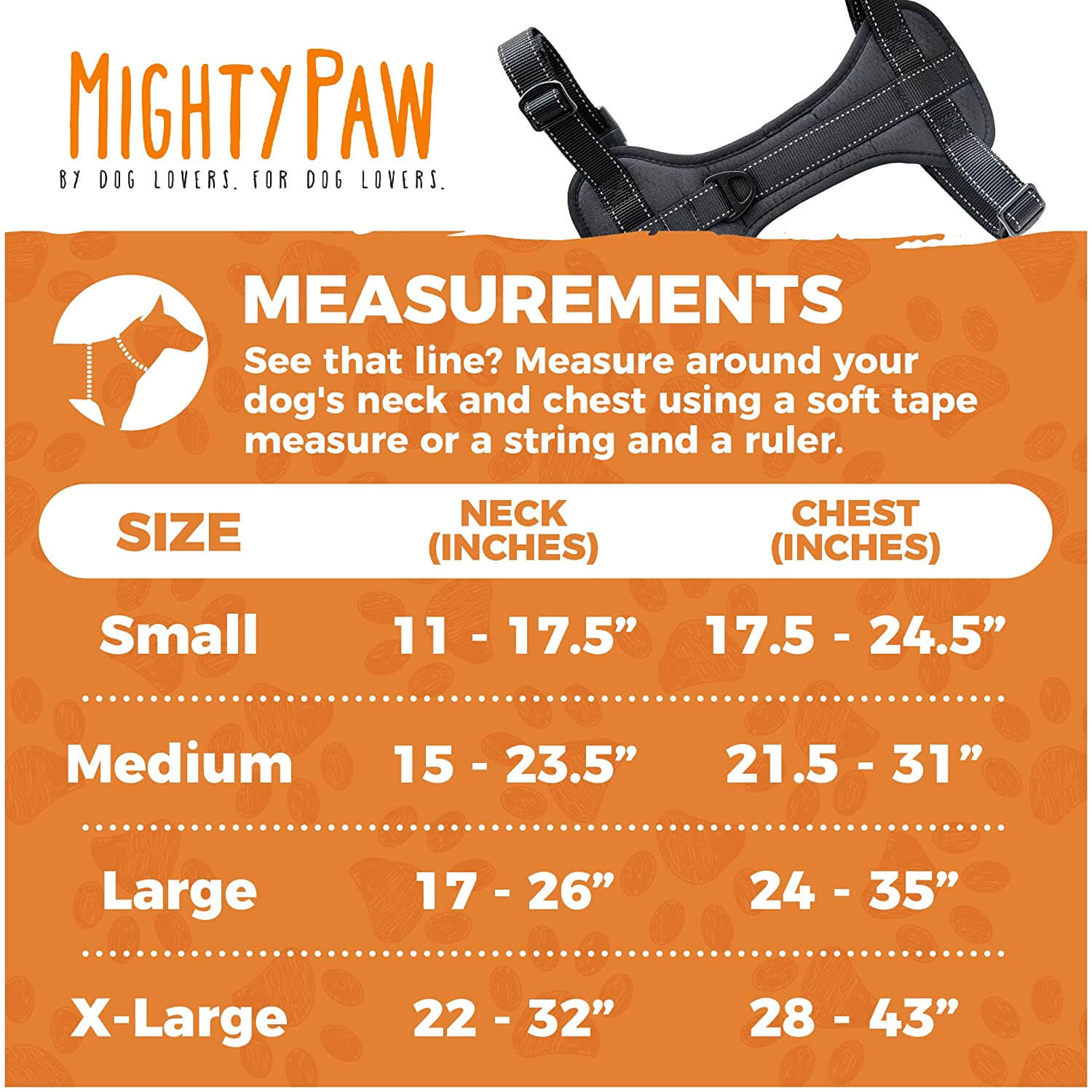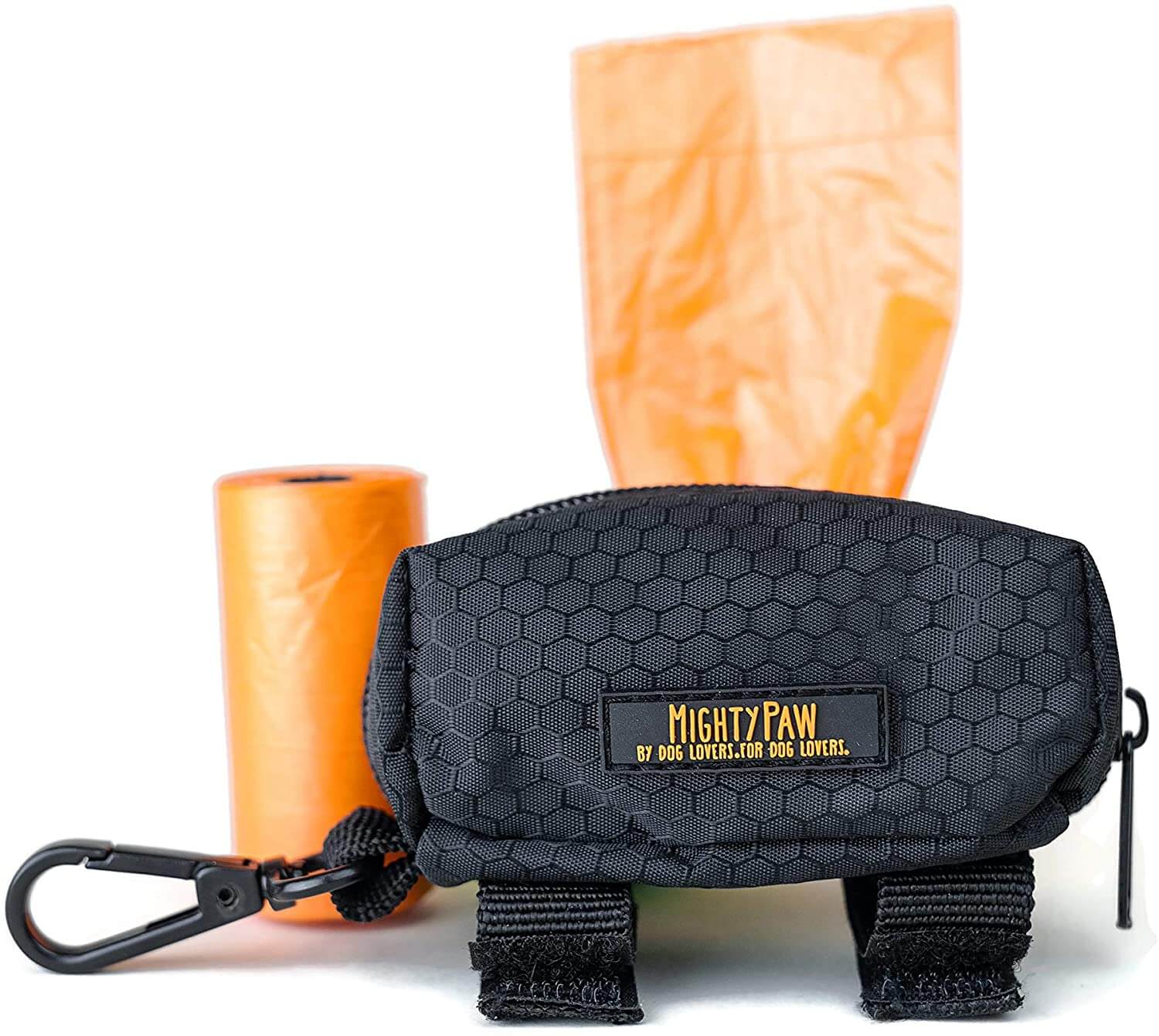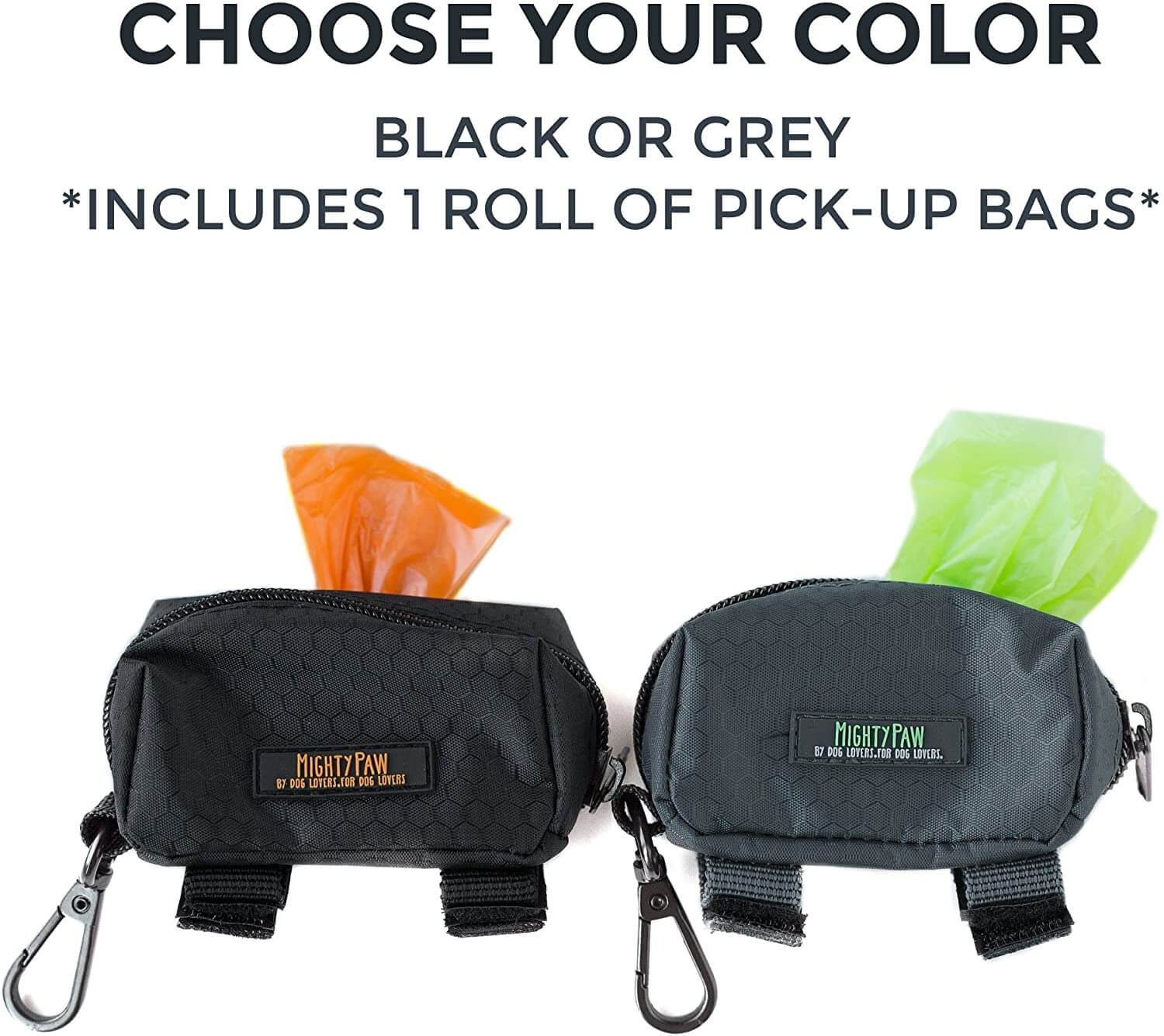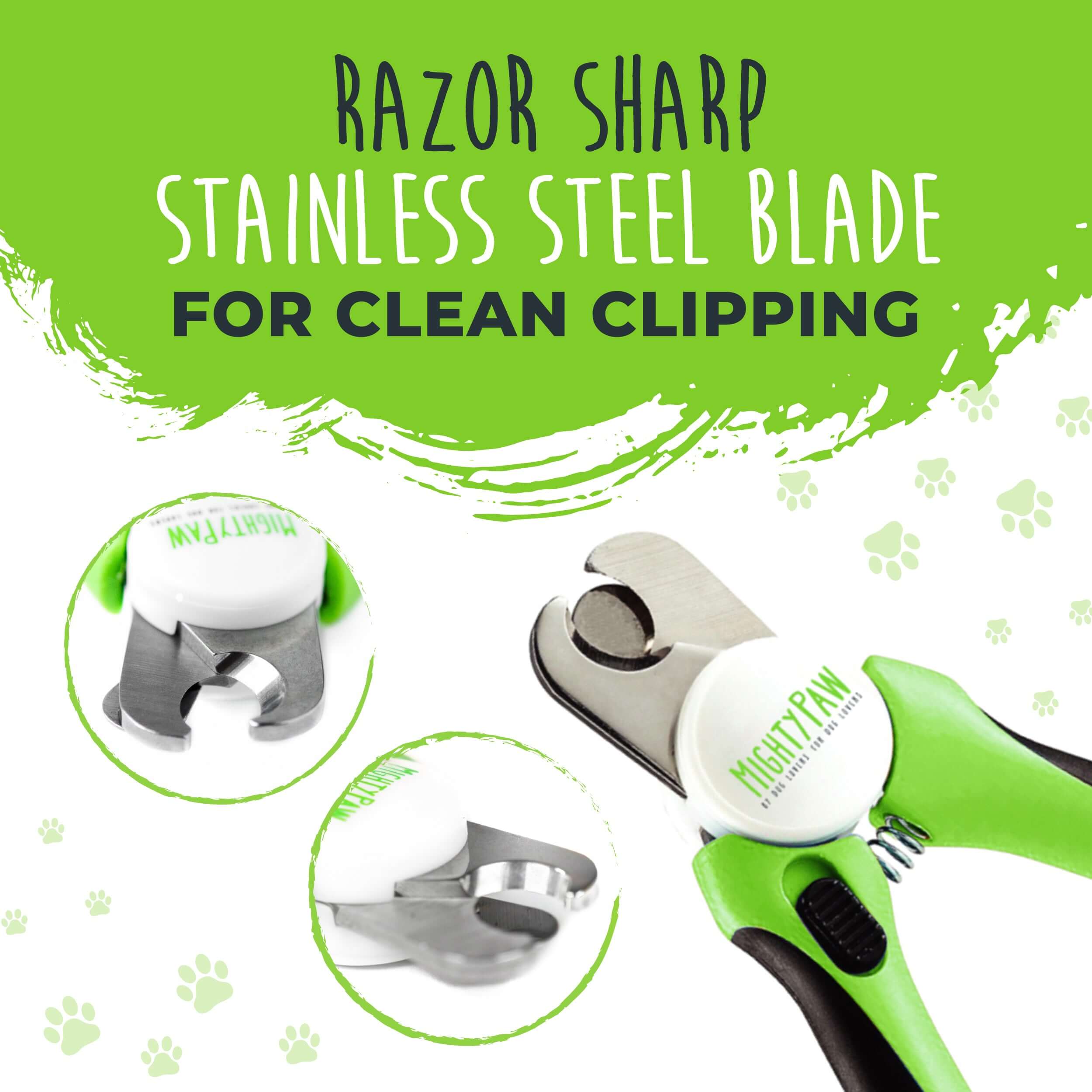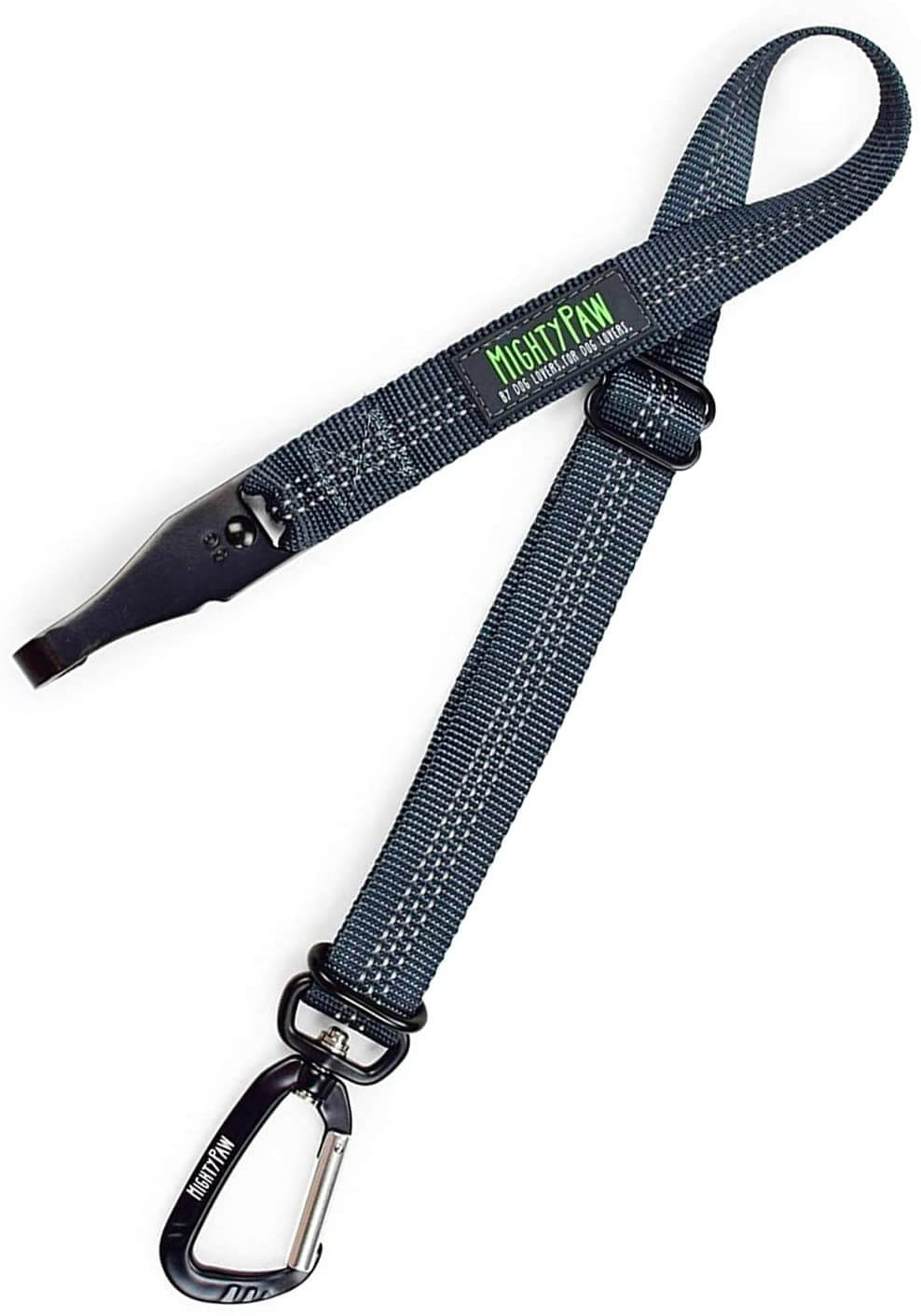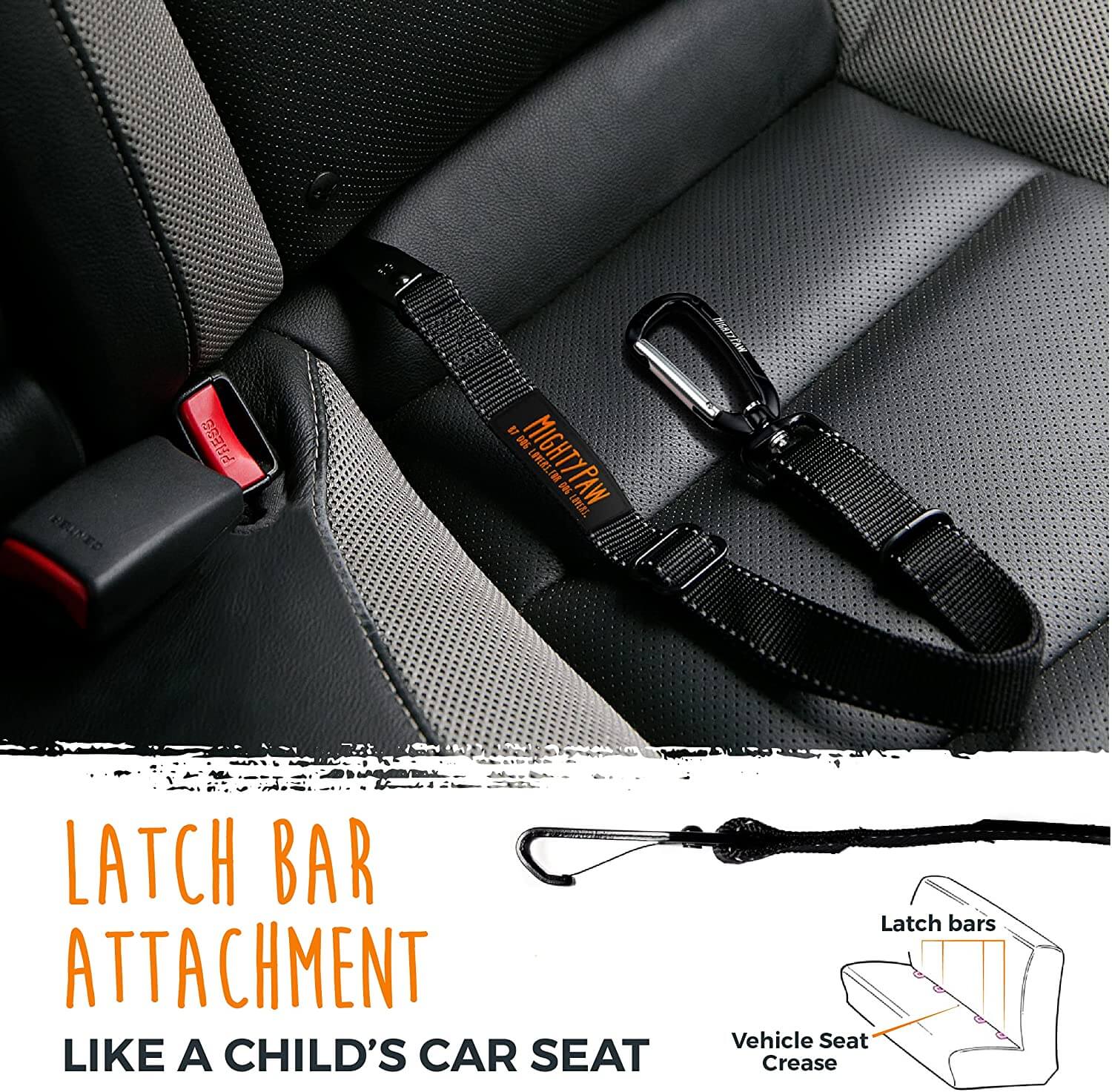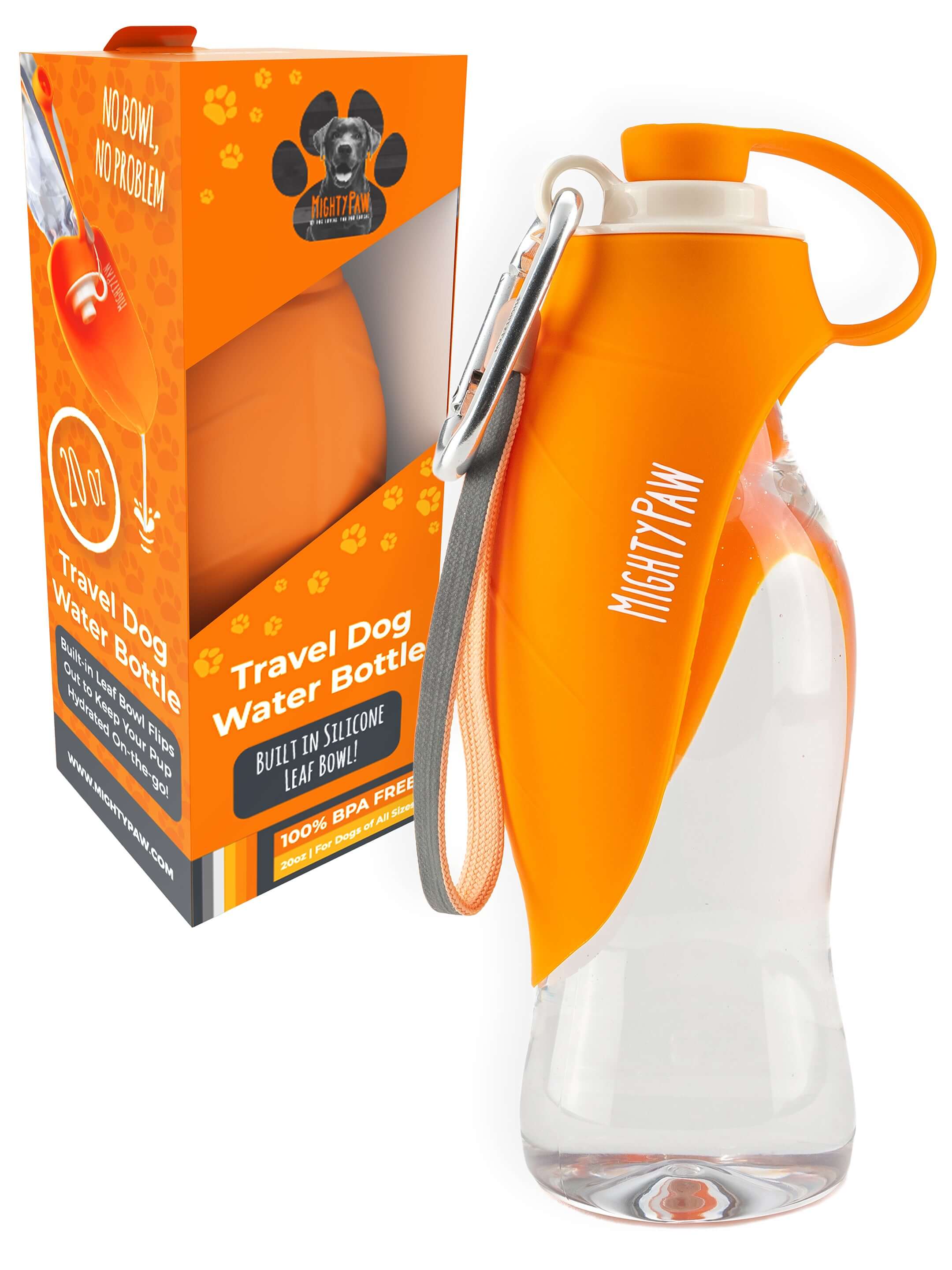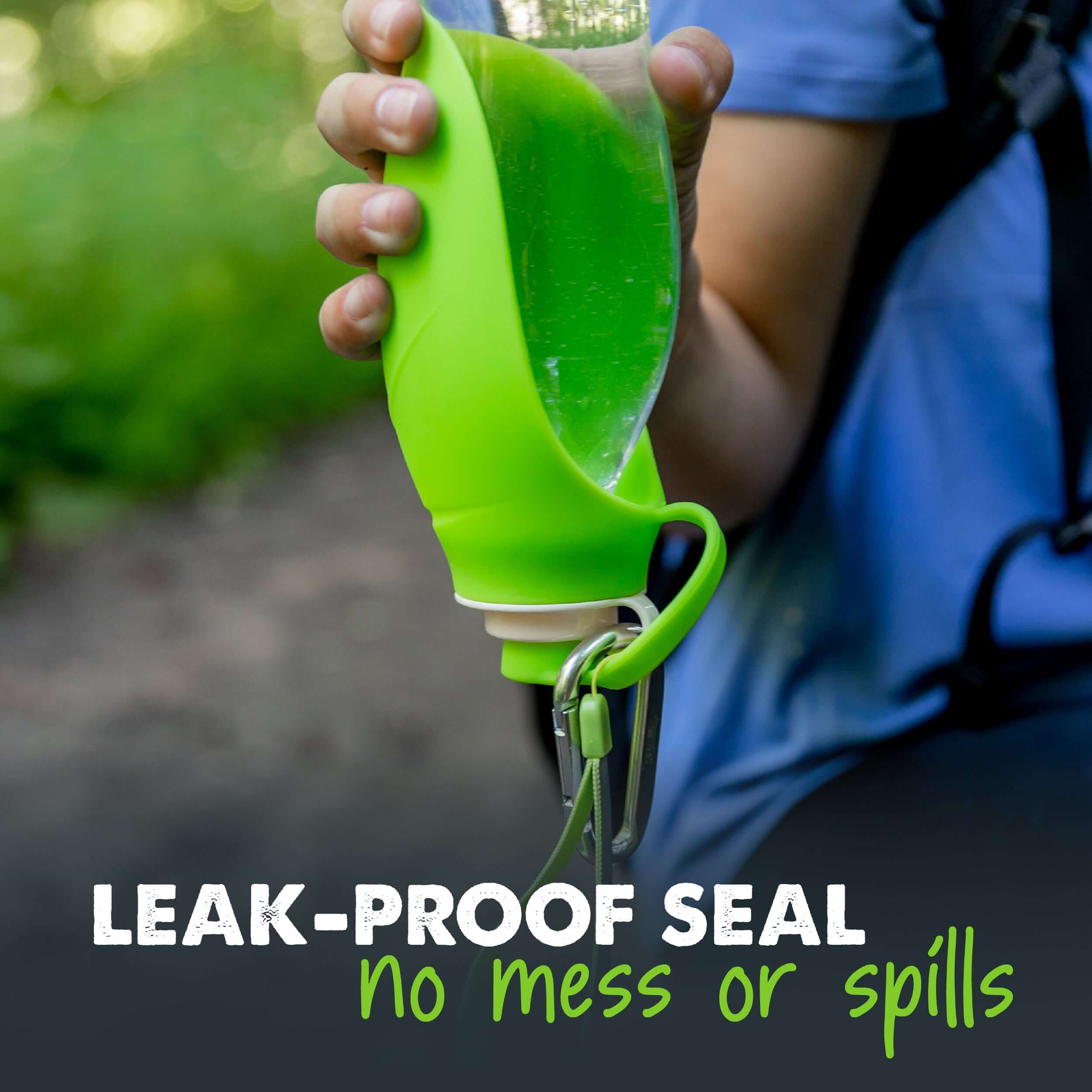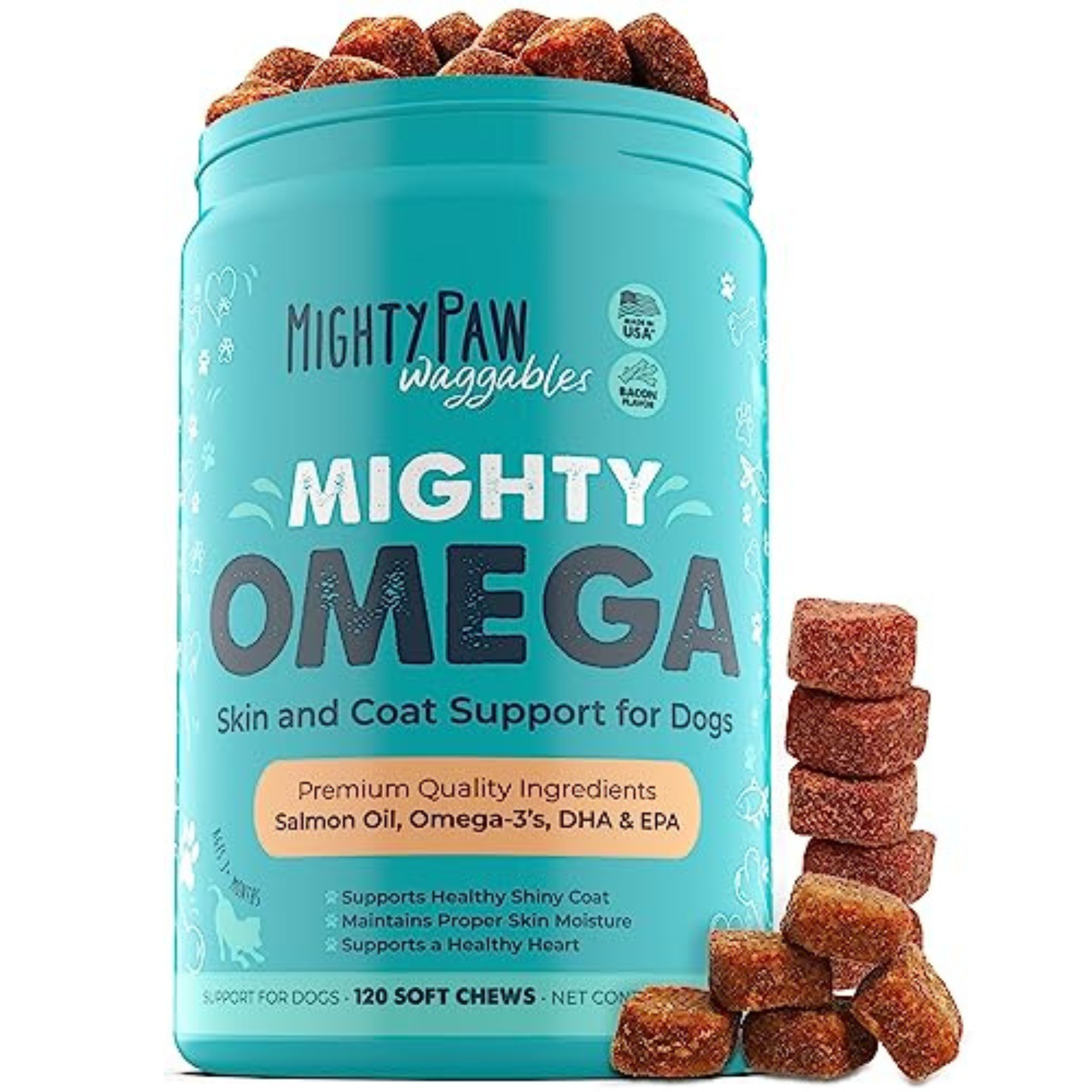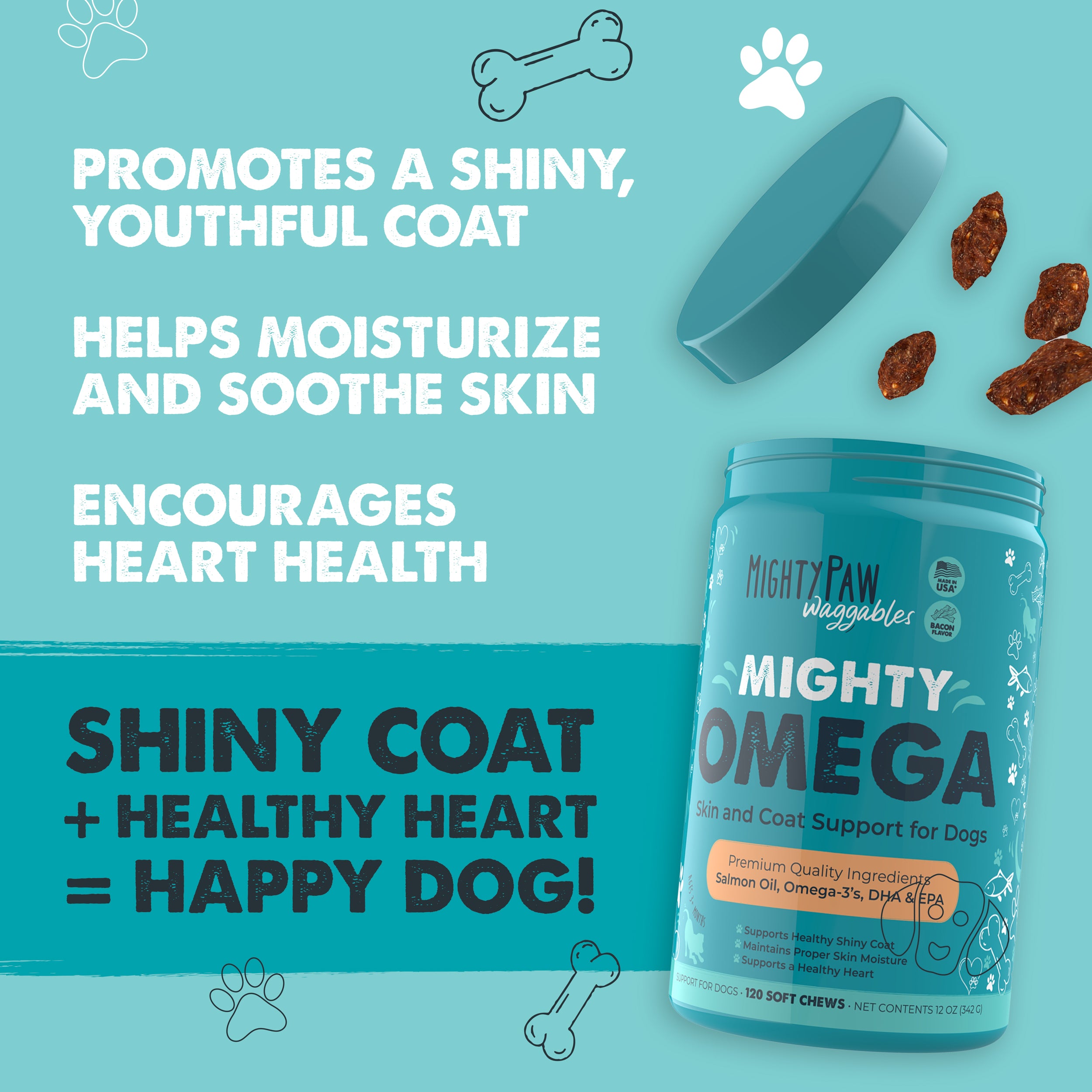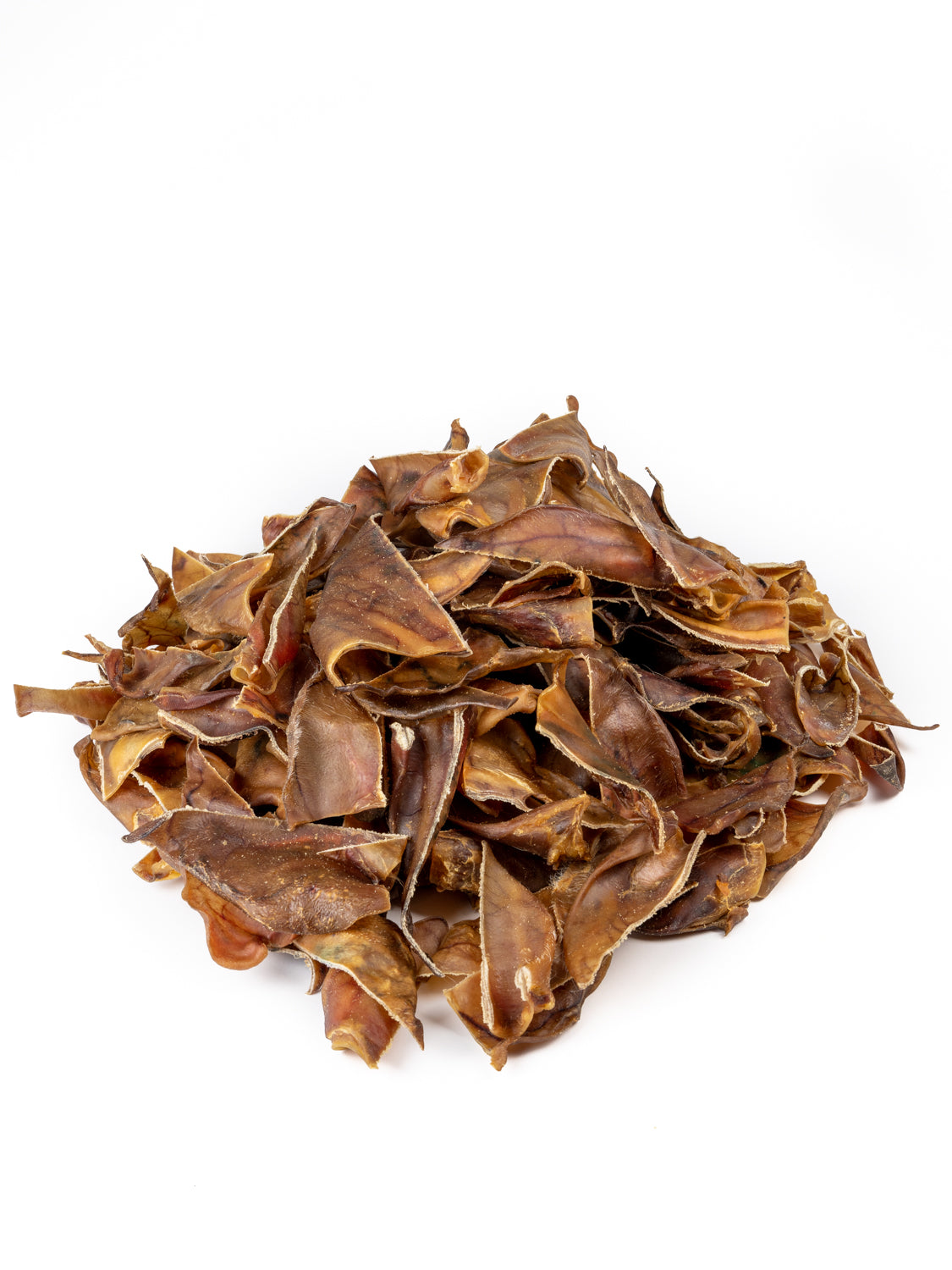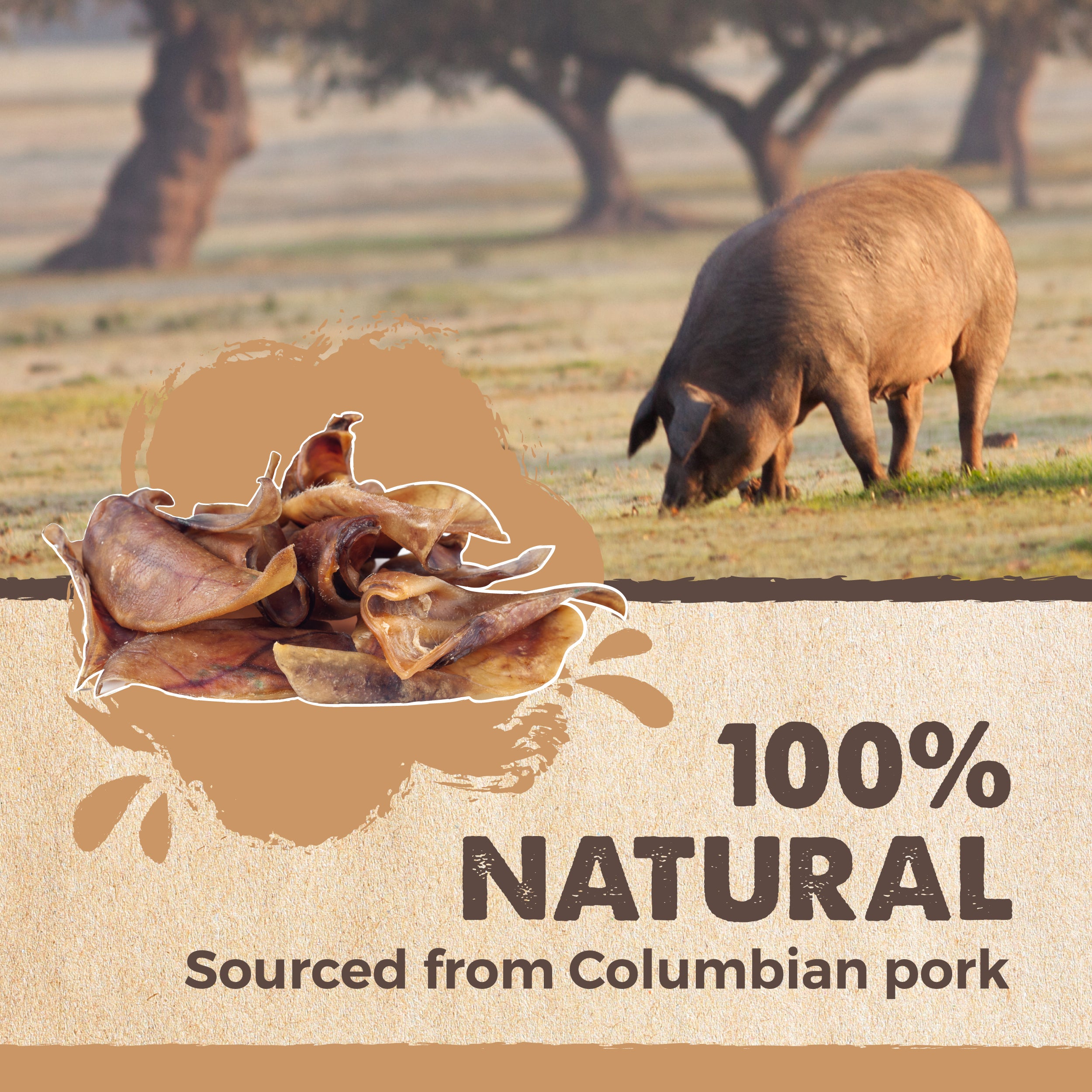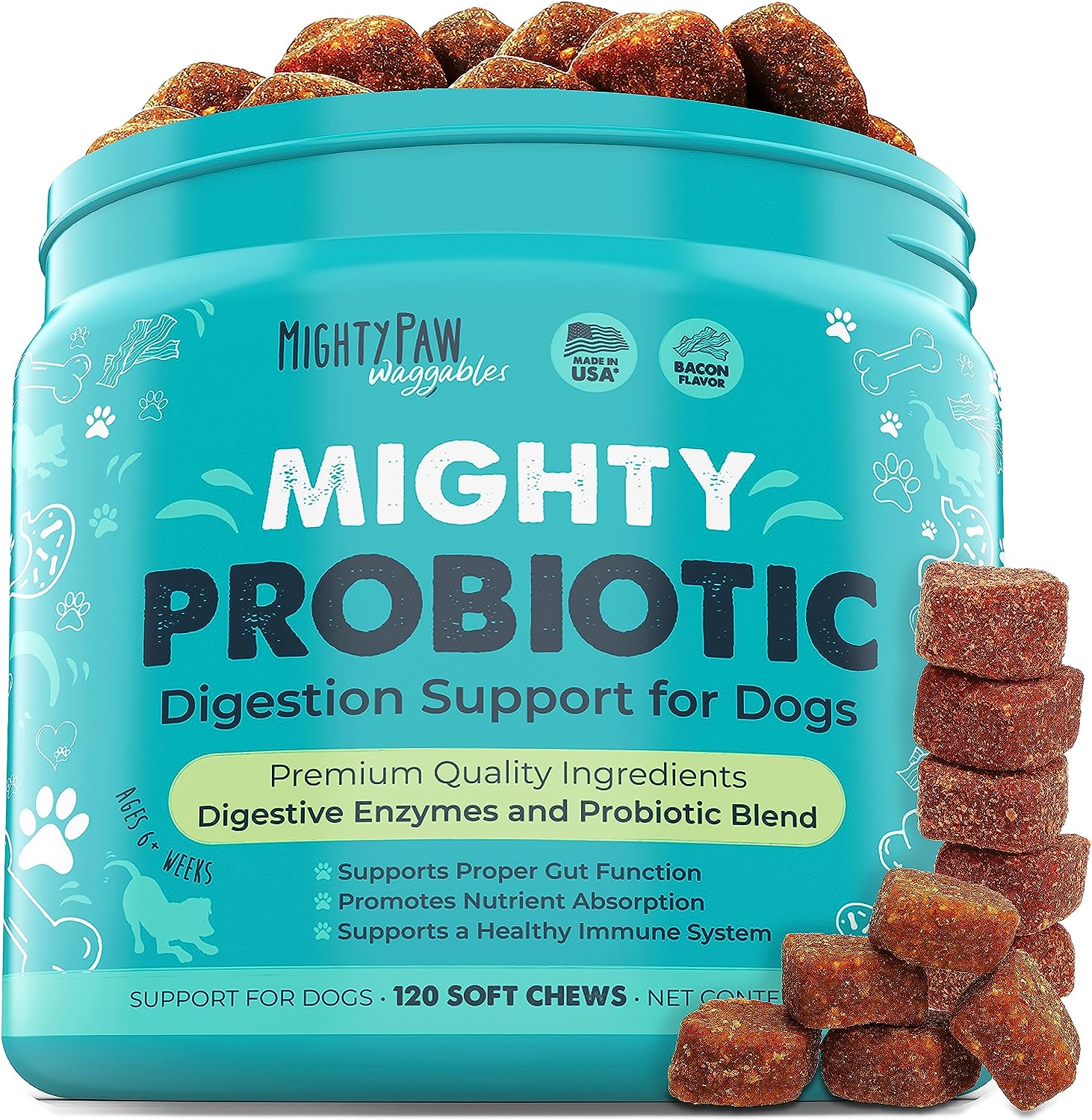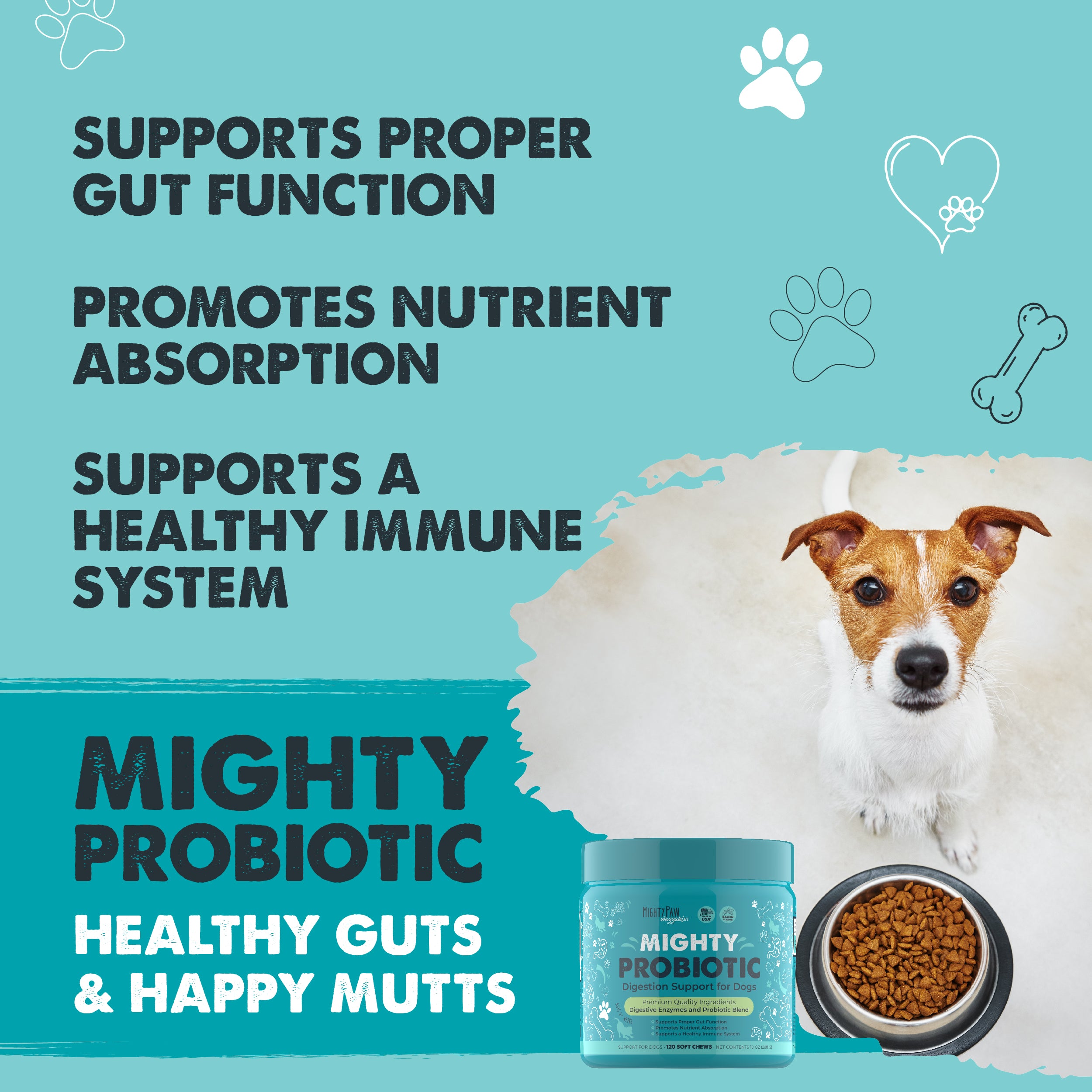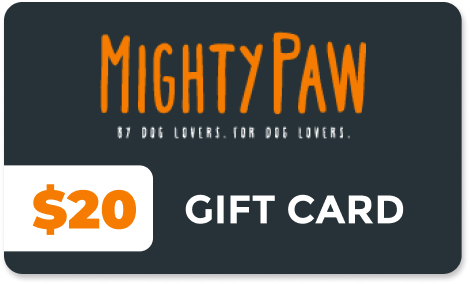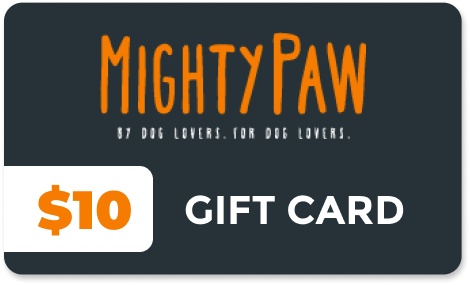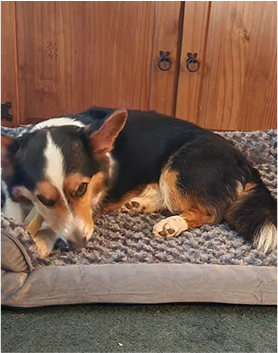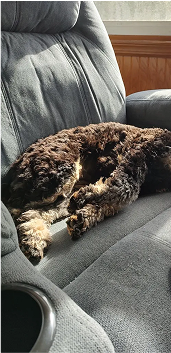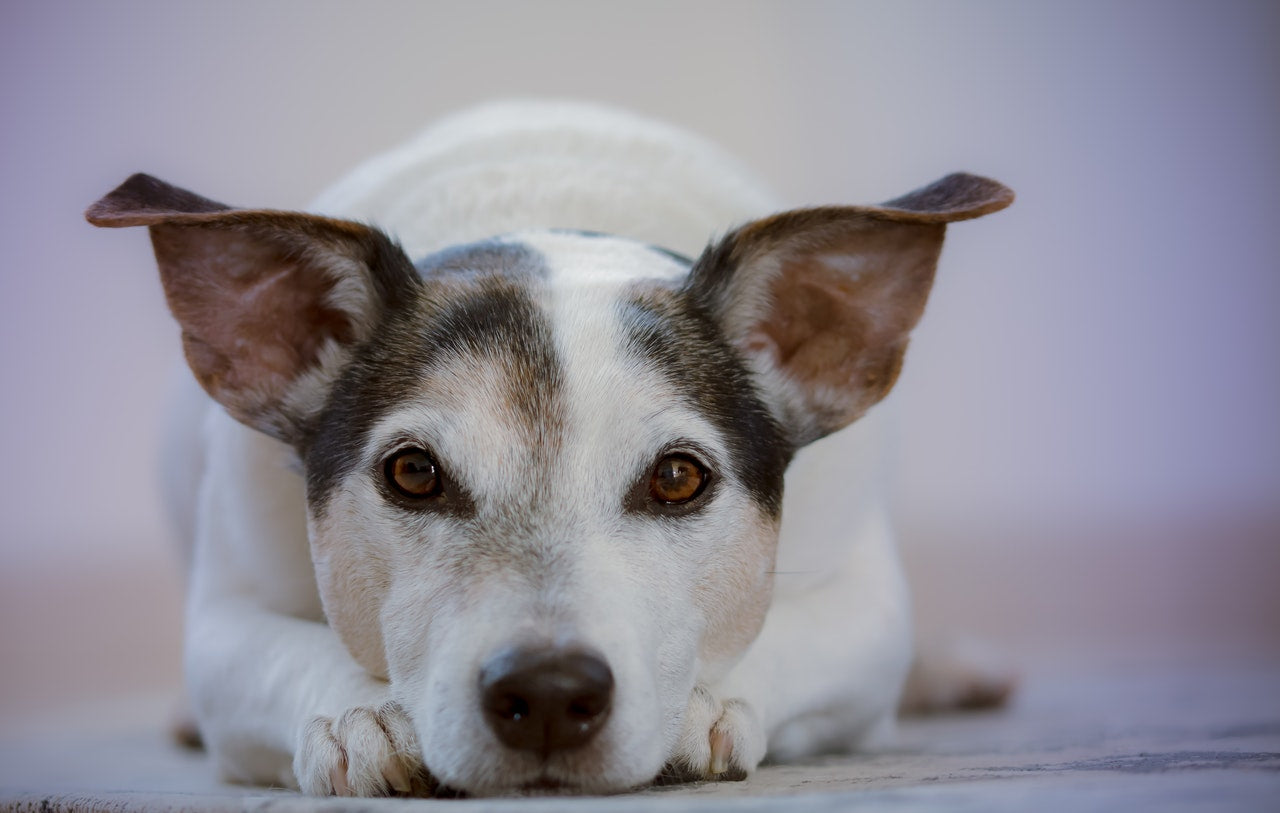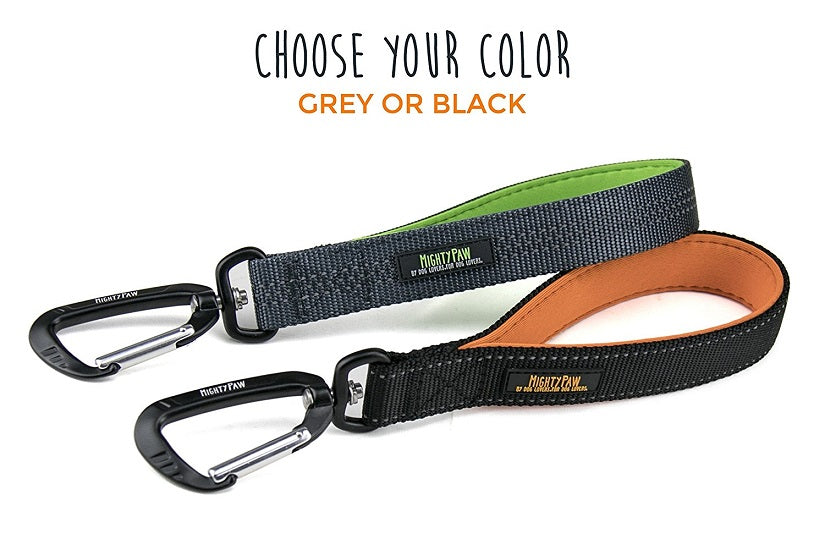Your pet is like your child, so you want the best for them. Taking care of a pet can be a lot of work, but it’s a lot easier when you know exactly what your pet needs.
Small dogs may have large personalities, but their small stomachs call for a special diet. Shih Tzus, for example, just like many small breeds, are prone to hypoglycemia and allergies that are easily remedied with a dog food tailored to its needs. Here we answer several questions you might have as well as offer some tips when finding the right food for your toy dog.
Why Do Toy Breeds Need Special Food?
All dogs need nutritious and wholesome food, but small dogs need more consideration. Because of their faster metabolism, toy breed puppies actually need more calories than larger breeds do. This doesn’t mean that they should eat more – their food should have more inside it. They use more calories resting and are known to have more energy in general, so a higher calorie food will help keep your pup going.
Toy breeds, especially Shih Tzus, are prone to hypoglycemia (low blood sugar), especially at an early age. They metabolize their food at high rates and lack of fat reserves, which can cause their blood sugar to fall quickly. You can tell when your pup has hypoglycemia sugar if it shows signs of weakness, fatigue, shaking, and seizures. Because of this, small breed puppies should eat many small nutrient-rich meals per day.
Most puppies outgrow their proneness to hypoglycemia within a few months, but you should still keep an eye on your toy breed, as they will always have a faster metabolism. Since toy breeds’ bodies mature faster, you’ll want to switch to an adult dog food after the pup turns a year old. Even though these dogs do need more calories per day, do not overfeed them. Obesity is one of the biggest issues in toy breeds. Keep each meal small and make sure you aren’t overfeeding them.
Shih Tzus in particular are a heavier toy breed that can weigh up to 16 pounds. They are one of the longest-living dog breeds – their life expectancy is 13 years! Depending on their size and activity level, a Shih Tzu should eat anywhere between 400 and 650 calories per day.
What’s in a Good Toy Breed Food?
There are a few key differences between toy breed dog food and other foods that make it easier for dogs like Shih Tzus to eat. Toy breed foods are broken up into smaller pieces so that it’s easier for them to chew. You don’t want your furry friend choking on a large piece of food!
Vitamins are very important for a small dog. Shih Tzus are especially prone to brittle bones, so look for foods high in magnesium and calcium to help keep your pet’s bones strong. Your Shih Tzu’s long hair also needs nutrients, so keep it on a diet of healthy fats.
Depending on the breed, small dogs need to eat about 40 calories per pound of their body weight per day whereas larger dogs need only about 15 calories per pound each day. Since toy dogs need their nutrients in a high-calorie, smaller pieced food, you’ll want to look for certain things. Always check the ingredient list on dog foods to make sure you’re getting the right ingredients for your pet.
Protein
Everyone needs protein, but dogs with higher metabolisms need a little bit more so that their muscles stay healthy and strong. Shih Tzus specifically need more protein than other dogs. It’s recommended that puppies have a 22 percent protein content and adults consume 18 percent of protein per day for diet maintenance.
In a good dog food, the ingredient list will have at least five meat proteins listed as the first ingredients. When looking at the ingredient list, look for fish, beef, lamb, and whole chicken or chicken meal. These are good animal proteins that toy breeds can easily digest. Plant proteins, though acceptable on occasion, shouldn’t be the base of your pet’s diet. Try to avoid plant protein-based foods as small dogs can’t digest them as well.
Fat
Many dog foods have more fat than recommended for certain breeds, so it’s important to really research which brands are the best. Adult small dogs don’t need a lot of fat – a food with 5-8 percent fat is good for maintaining a healthy diet. For puppies, though, you’ll want to get a food that has about a 17 percent fat content to help with growth.
One of the best fat sources in dog food is chicken fat. You should also look for omega-3 and omega-6 fatty acids, best found in fish or flax seed/flax seed oil. These fatty acids provide a nutritious diet for longevity.
Carbohydrates
The word “carbohydrates” has a negative connotation when it comes to maintaining a diet, and while many pet owners try to avoid feeding their dogs carbs, you shouldn’t avoid them altogether. It’s true that toy breeds like Shih Tzus are prone to obesity, but a healthy, lower carb diet helps keep your pet energized. The first thing to look for in terms of carbs is complex carbs over simple carbs. Simple carbs are the processed, unhealthy ingredients you want to avoid.
You can choose to feed your pet a food with grains or keep them on a grain-free diet. But just like humans, if your dog doesn’t have an allergy, don’t avoid it. If you’re afraid your pet is allergic to something, you can avoid what, soy, and corn and choose to base your dog’s carb diet on fiber-rich ingredients such as barley, rice, and oats.
Small dogs don’t need a lot of carbs, so it’s best to avoid high-carb ingredients such as tapioca and sweet and normal potatoes.
What Ingredients Should I Avoid?
You only want the best for your dog, and that means knowing what to avoid in a dog food. If an ingredient list has items with the terms “digest” or “by-product,” avoid that brand altogether. Those are less digestible and are not good for your furry friend.
Avoid anything that acts as a protein substitute for animal protein. This can be anything from corn gluten, wheat gluten, peas, and rice protein. These are not as nutritious as meats and don’t truly add anything to your pet’s diet.
If you see an unnamed or vague ingredient on the list, avoid buying that brand. Generic names such as “meat” and “animal fat” can mean anything. Make sure the ingredients are specific – “chicken fat,” “lamb,” and “chicken” are more specific and you know exactly what type of meat your dog is eating.
Any artificial additives are on the black list as well. They no nutritional value and are not necessary in a dog food. The artificial ingredients you might see on the package are any sweeteners, dyes, and preservatives such as butylated hydroxyanisole (BHA), propyl gallate, tert-butyl hydroquinone (TBHQ), ethoxyquin, and butylated hydroxytoluene (BHT). Scientists have found evidence of these additives causing cancer. Instead look for natural preservatives. Vitamins E and C are good for your pet and actually add something to its diet.
What if my Toy is Overweight?
If you fear your small dog might be overweight, don’t worry! There are a few steps you can take to get your pup back on track to losing weight and becoming a normal and healthy animal.
Avoid giving your dog human food. This goes for all dogs, large or small, but especially for toy breeds. They’re so prone to obesity, and that one piece of bacon will have detrimental effects on your pet’s health. This will also help you keep track of what your pet is eating.
Lower the dog’s caloric intake until it reaches a healthy weight again, and increase the vegetable and protein content of your pet’s diet. This will lower the carb and fat intake (but don’t completely eliminate these food groups!) and help your dog maintain a healthy weight.
There is no one true diet for all small dogs, so you have to tailor it to your dog’s breed, size, and activity level. Shih Tzus in particular need certain nutrients for healthy hair and bones, and all toy dogs need more calories in general. Use these tips to find the best food for your four-legged friend.

